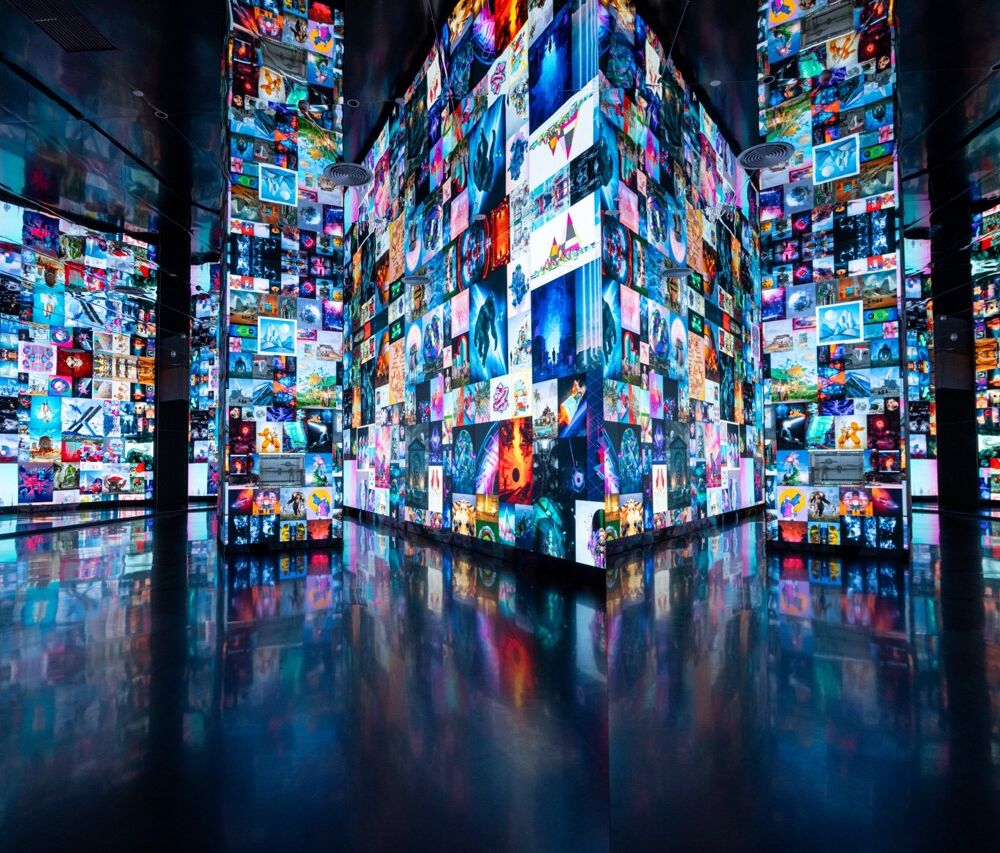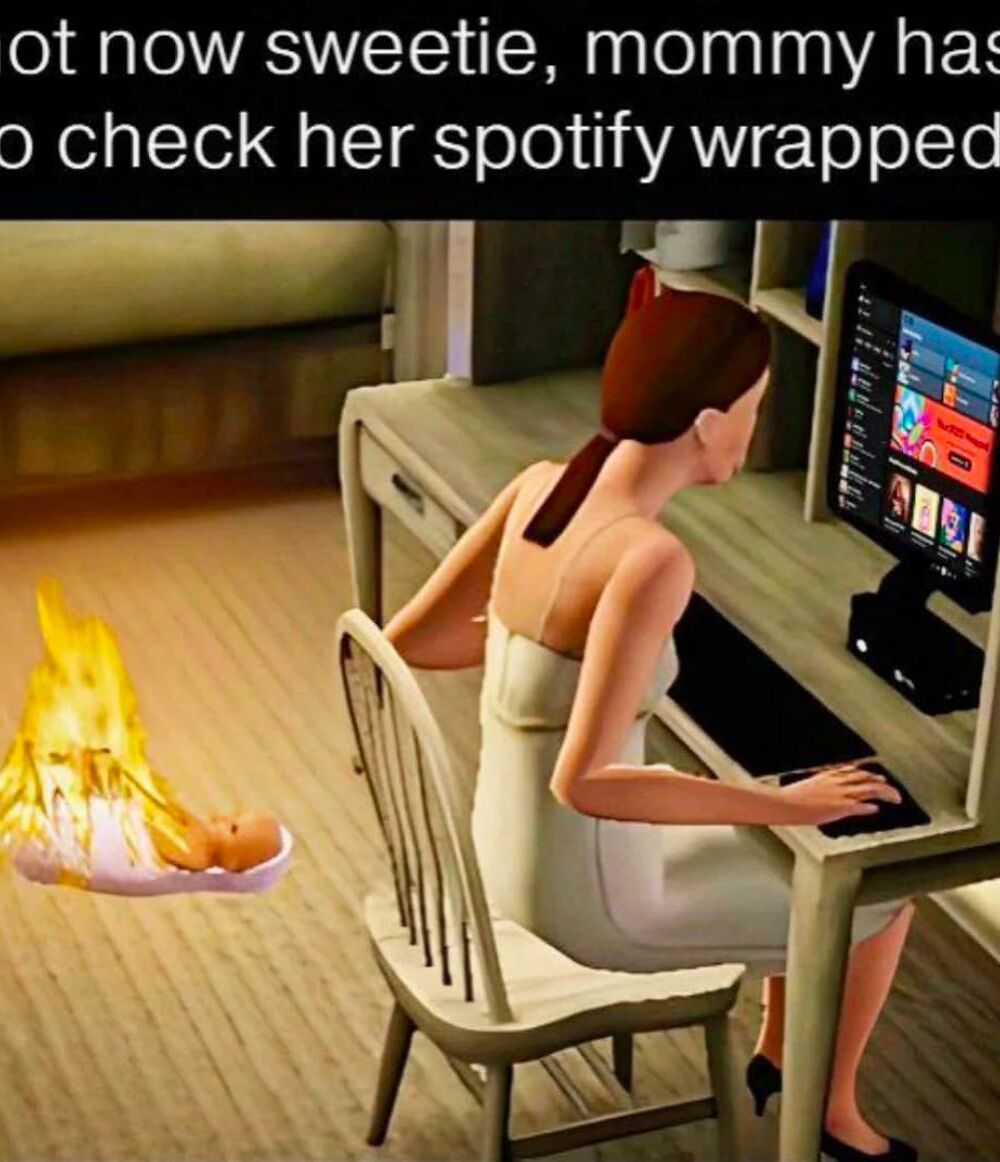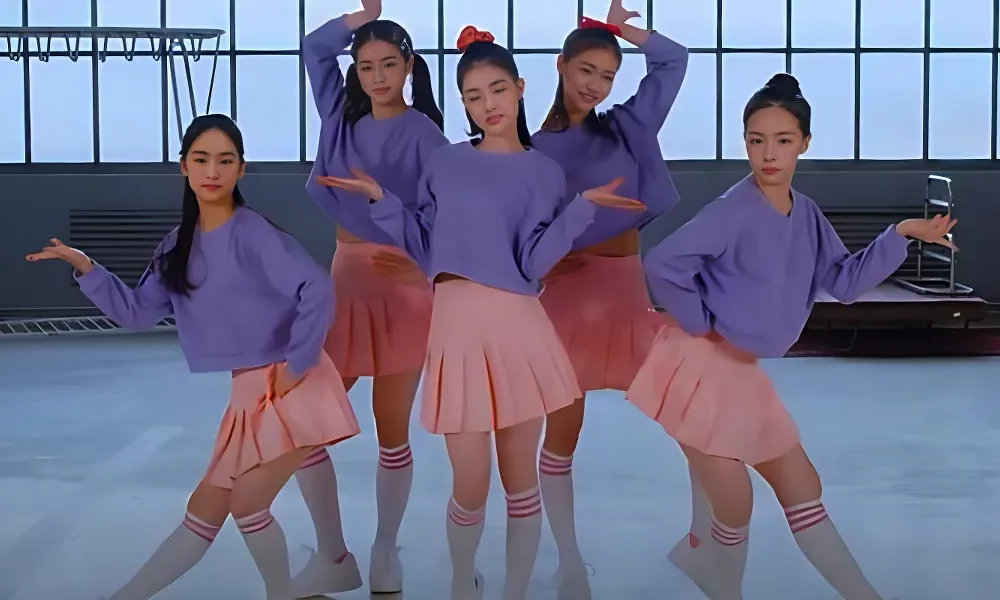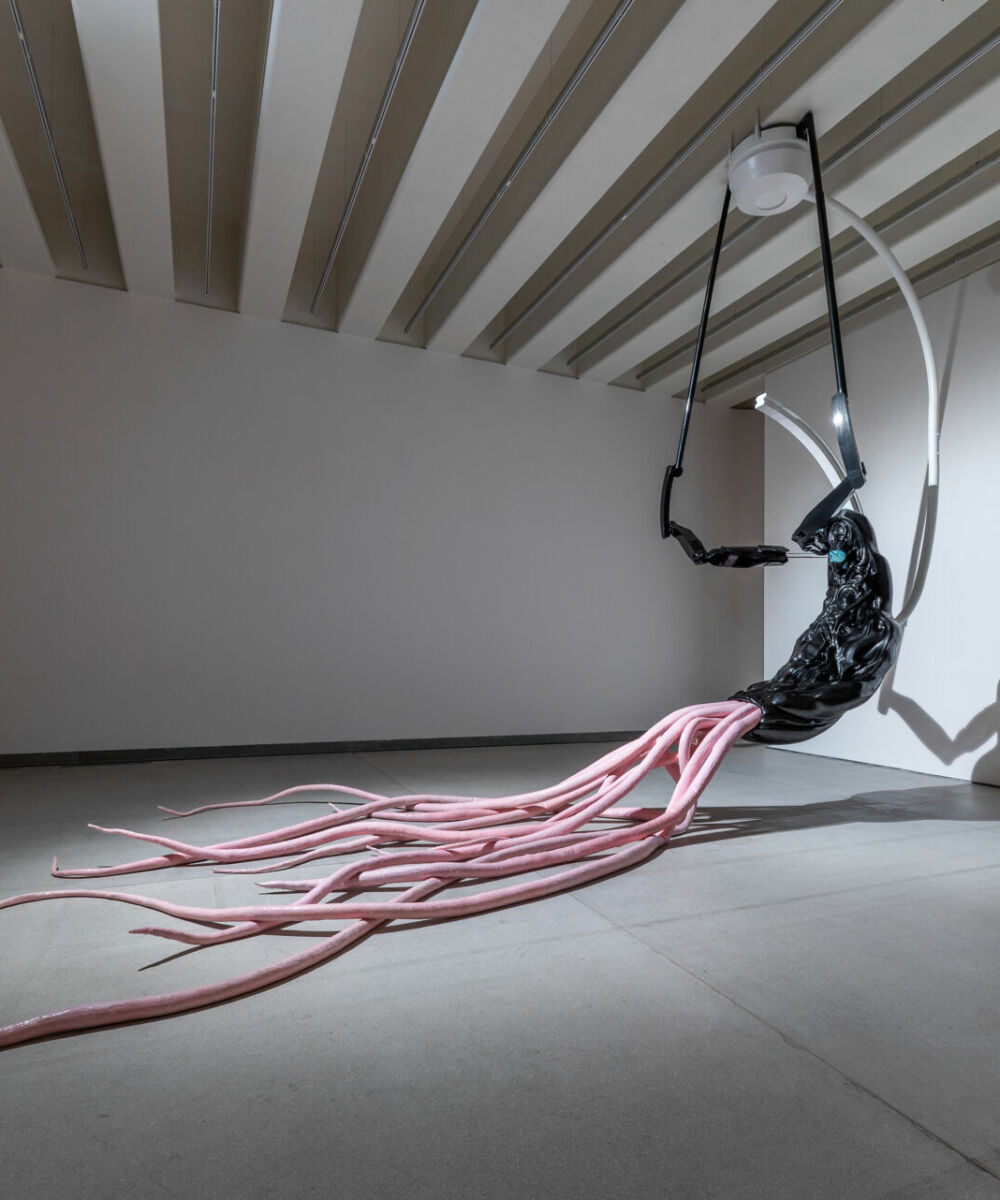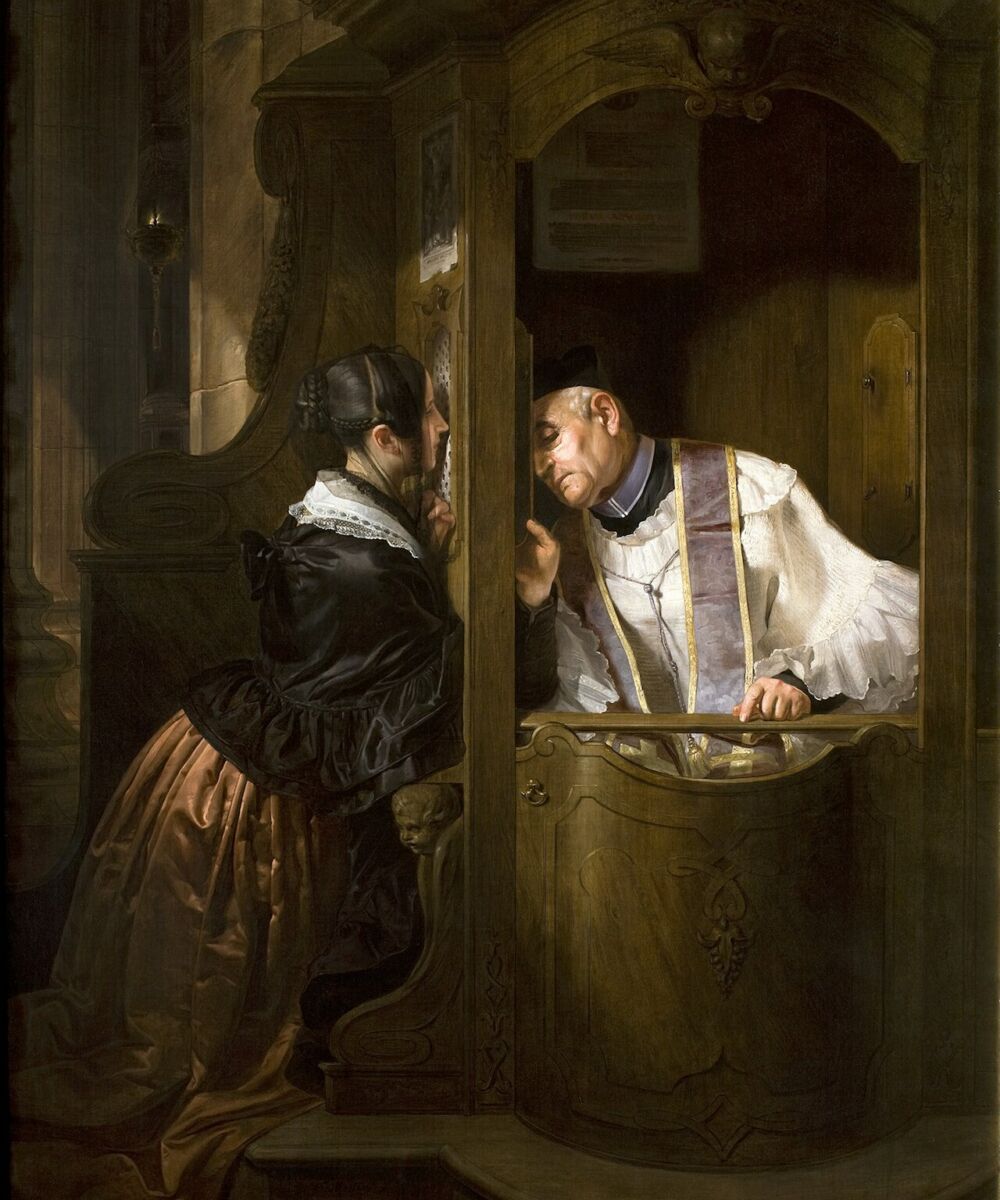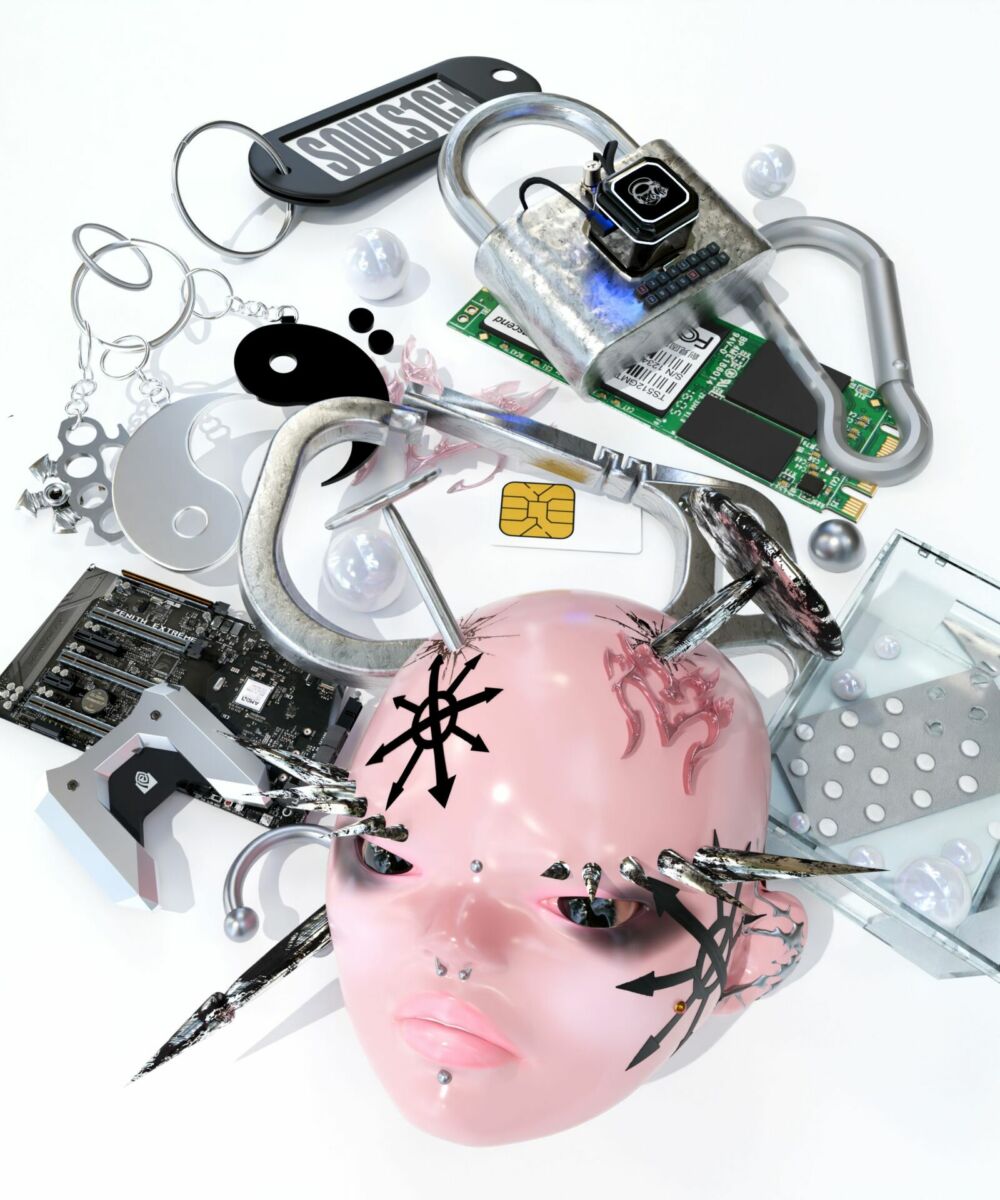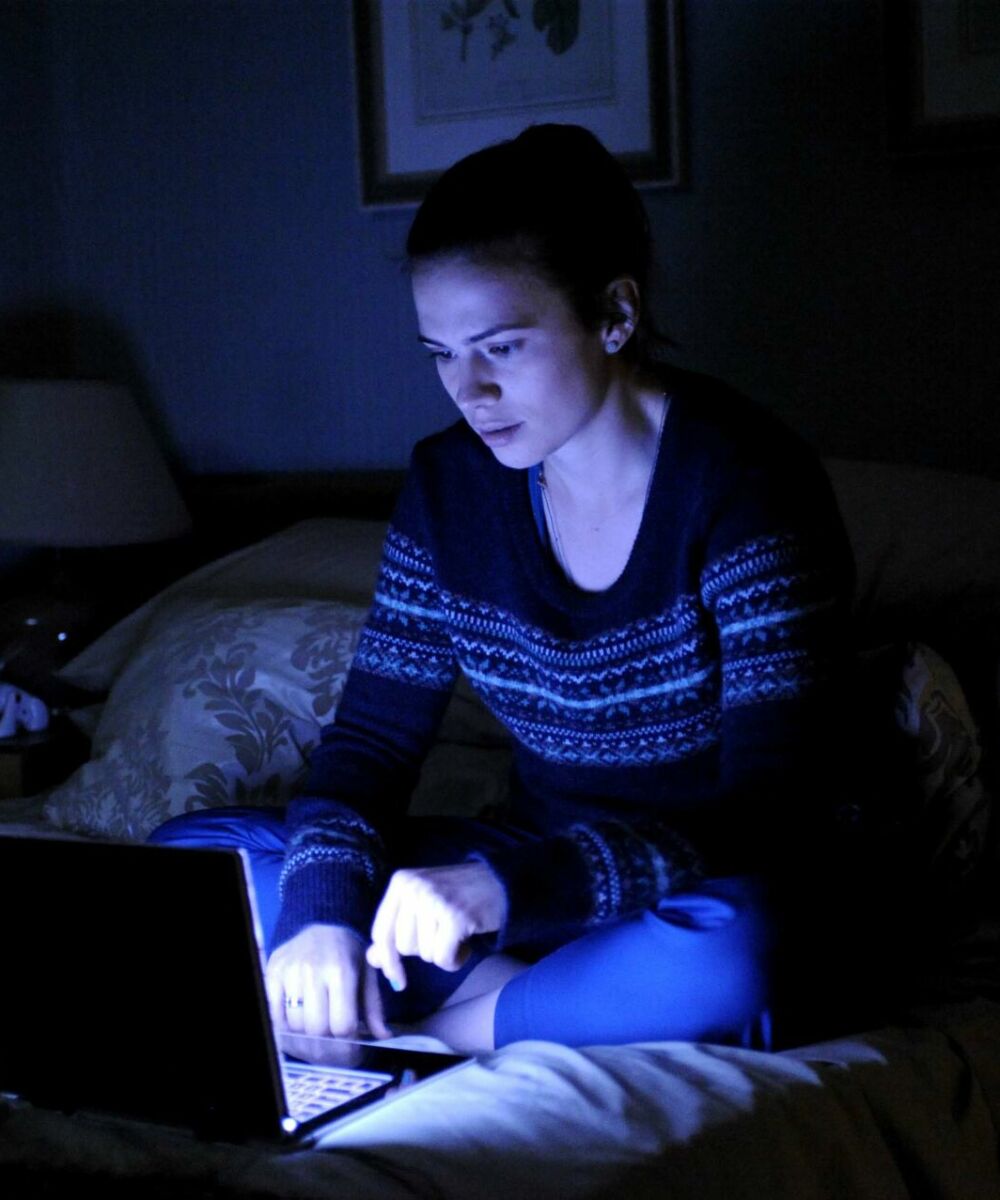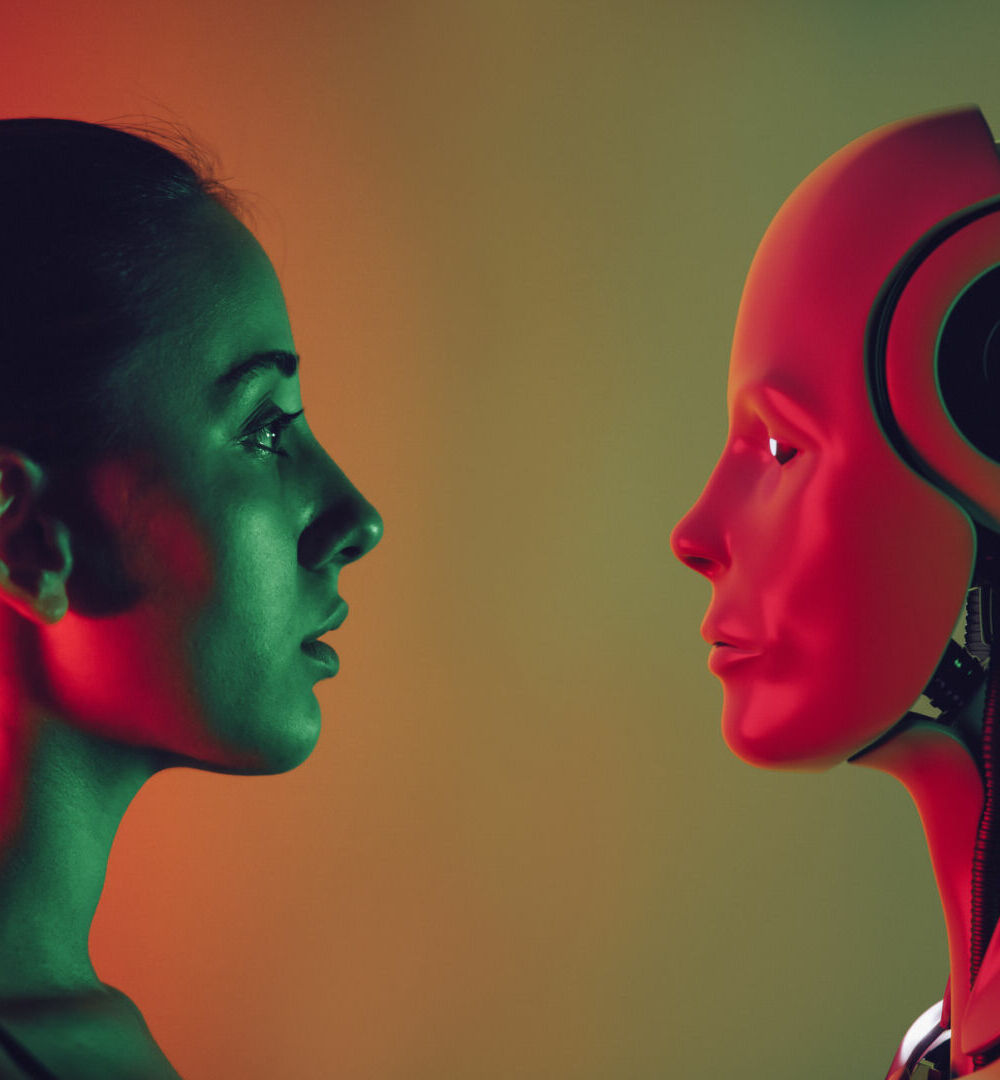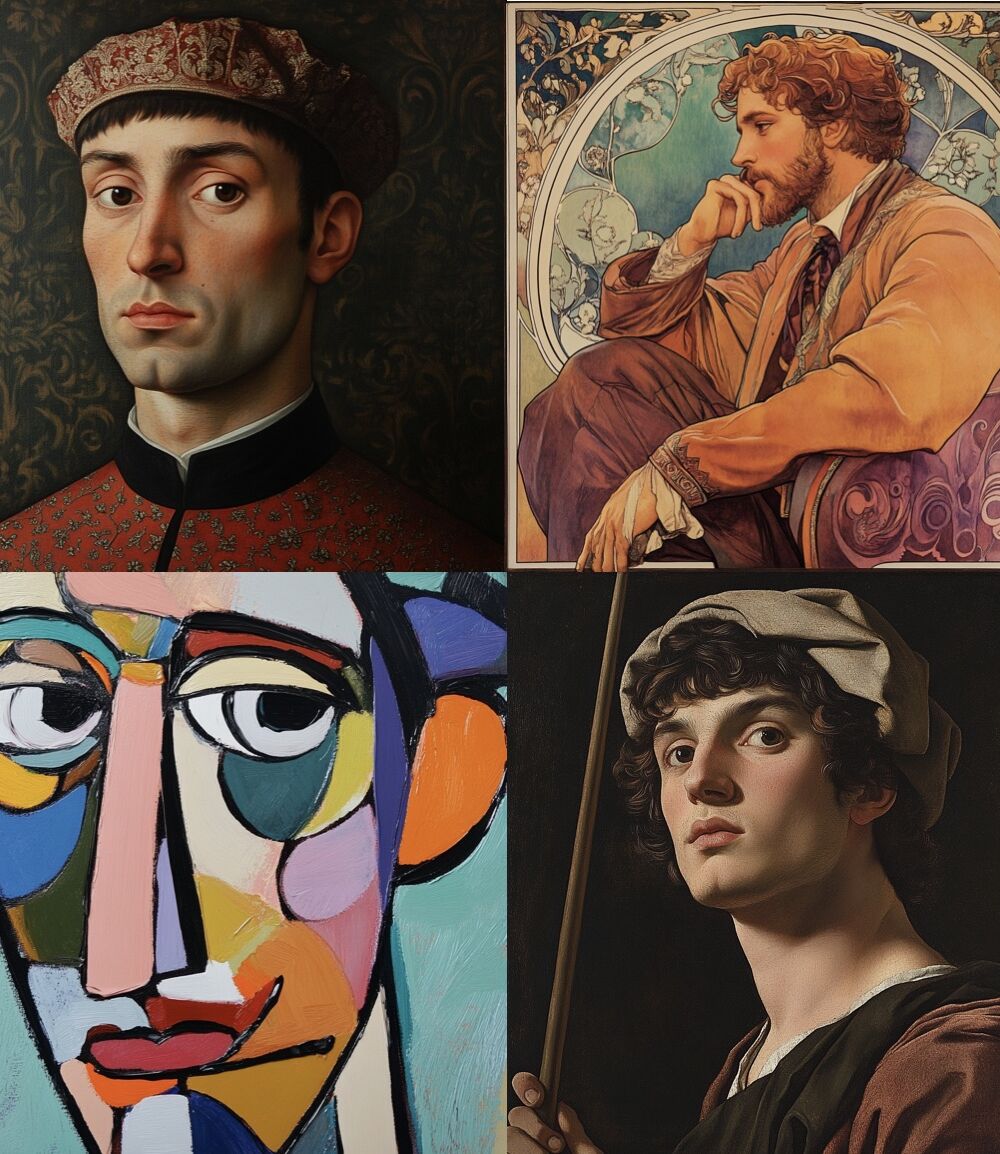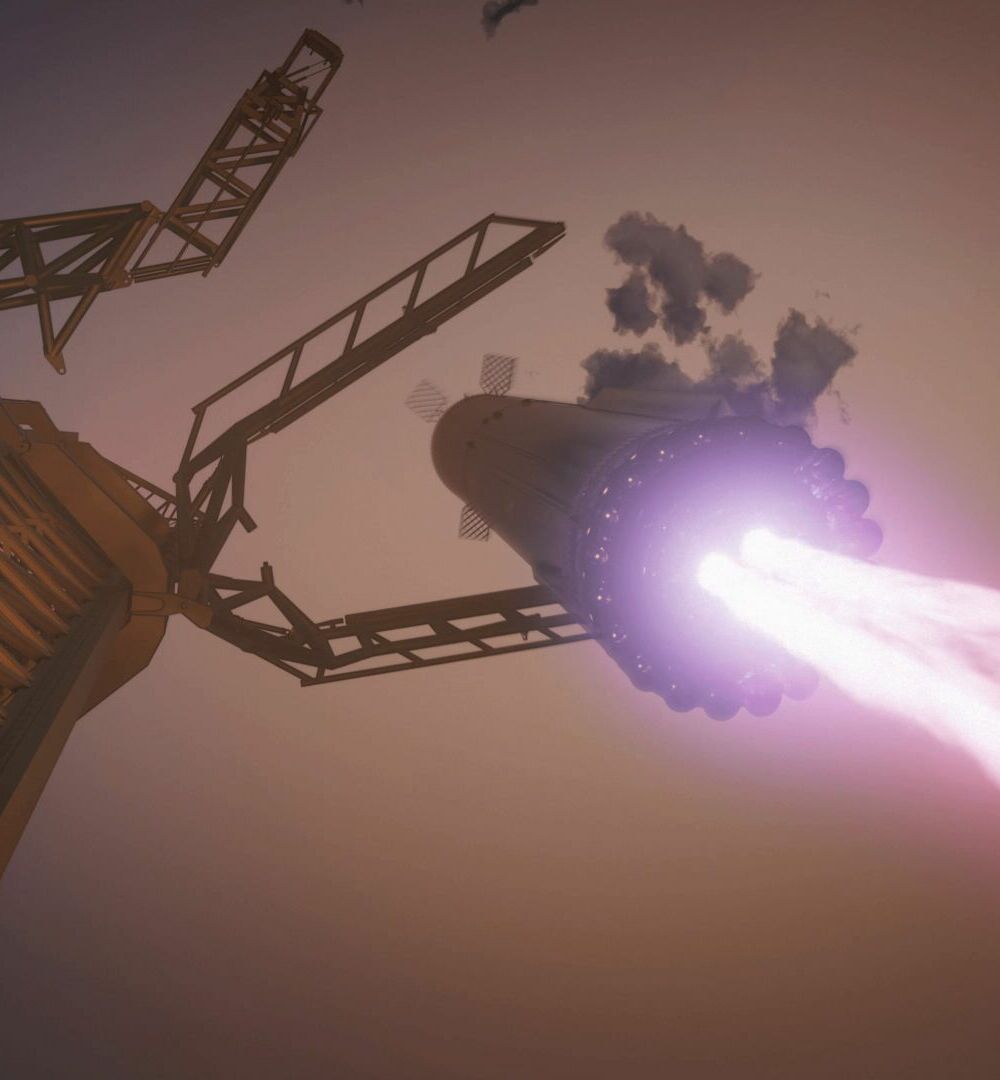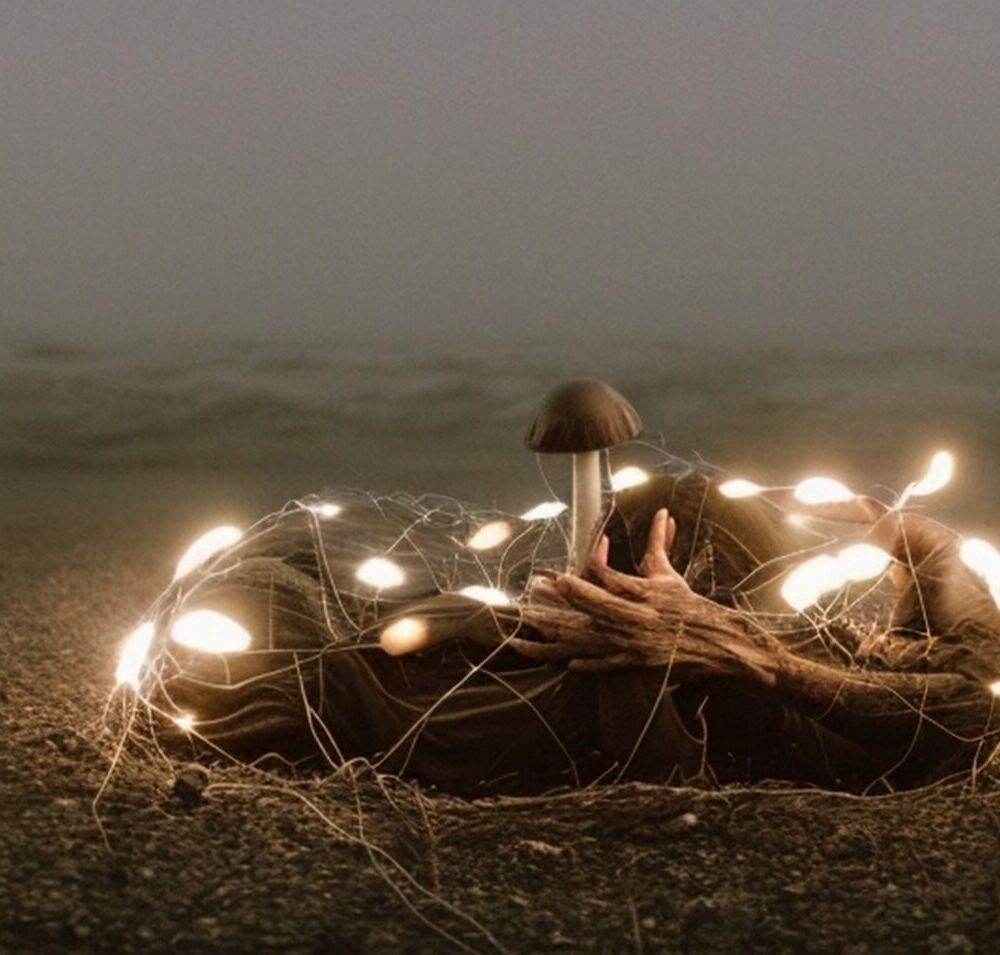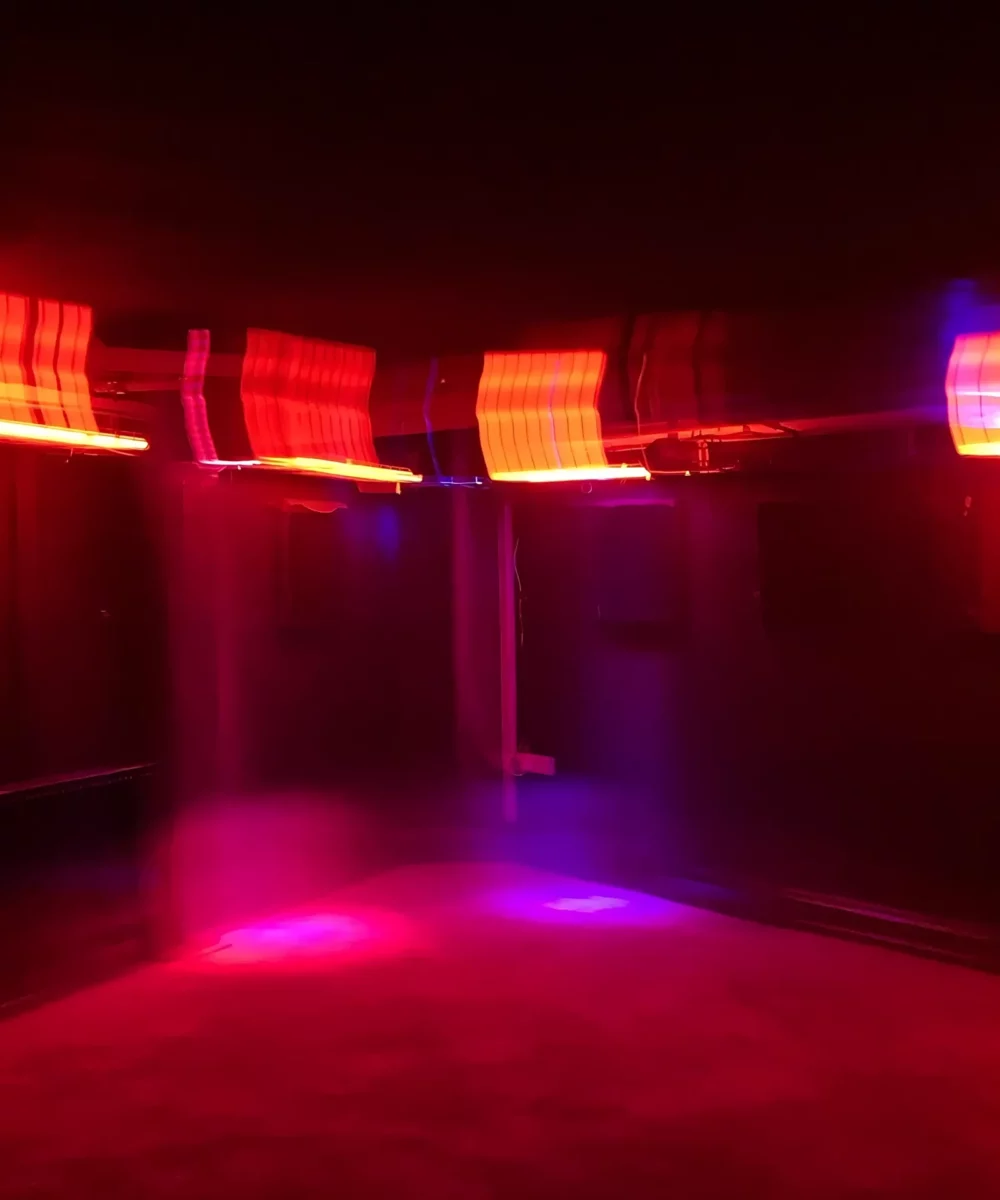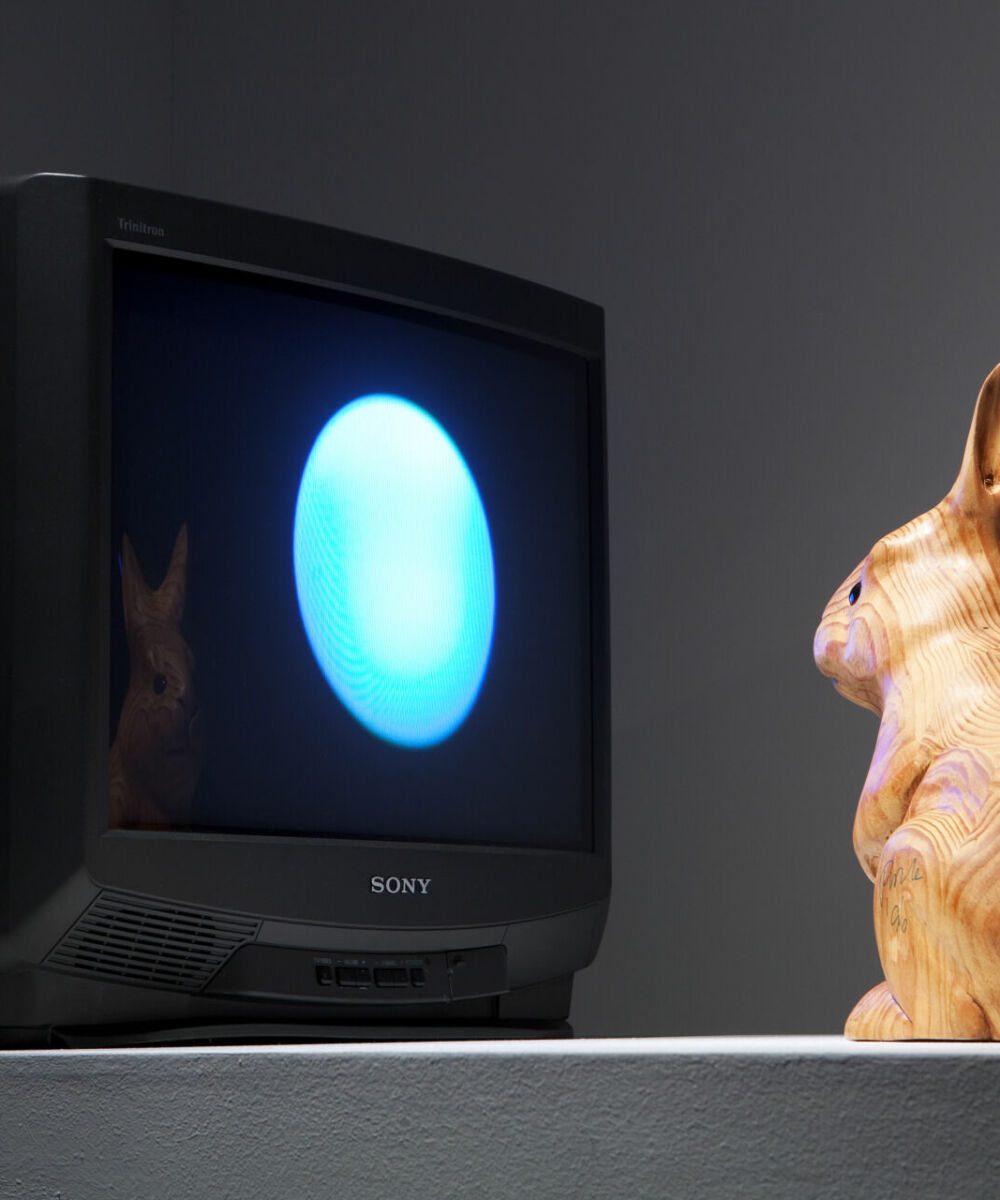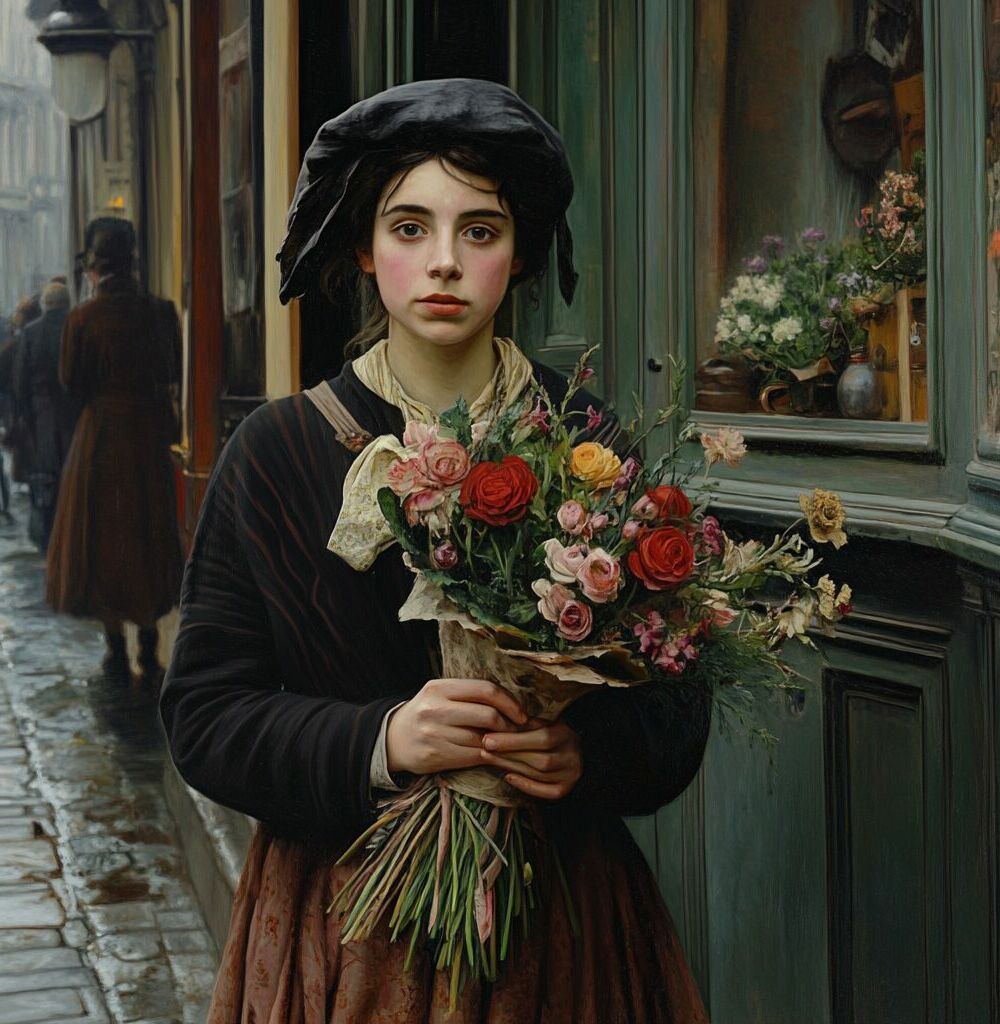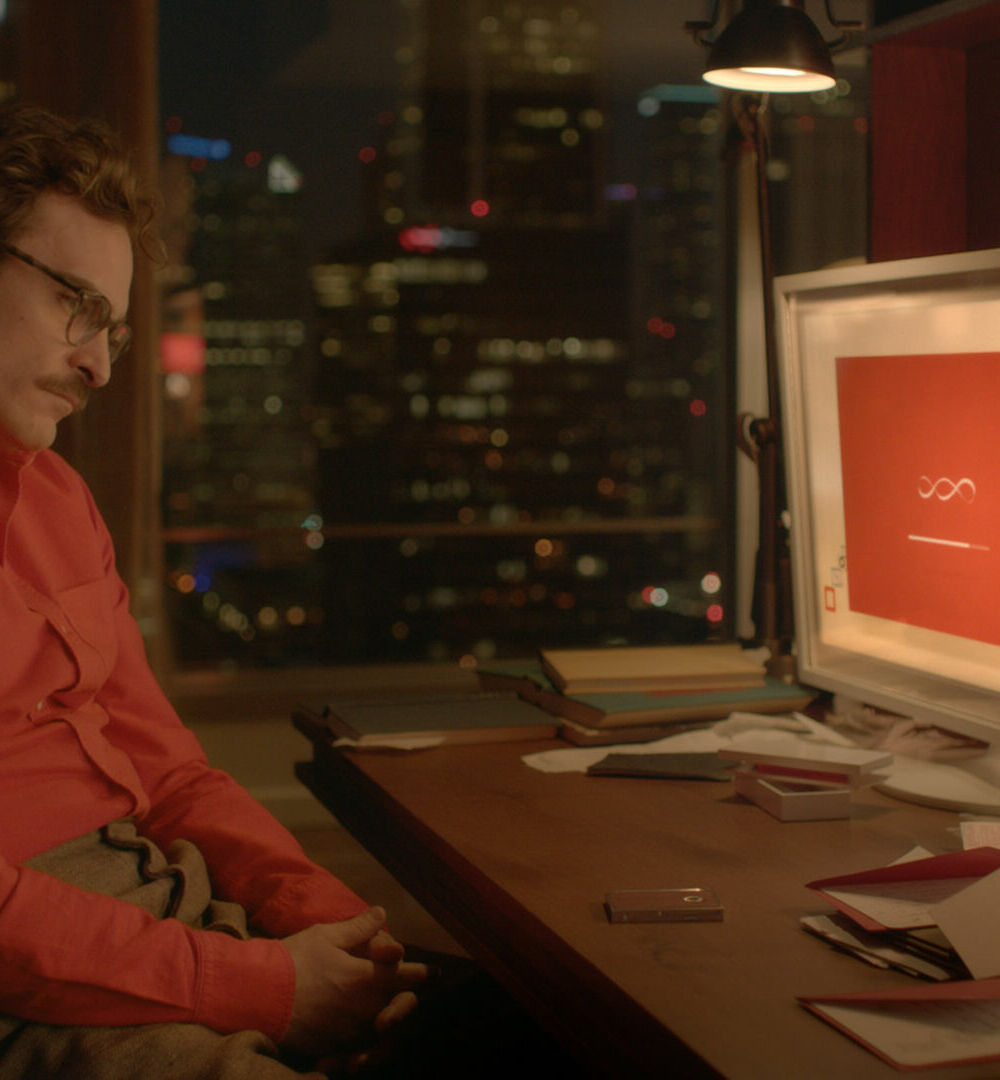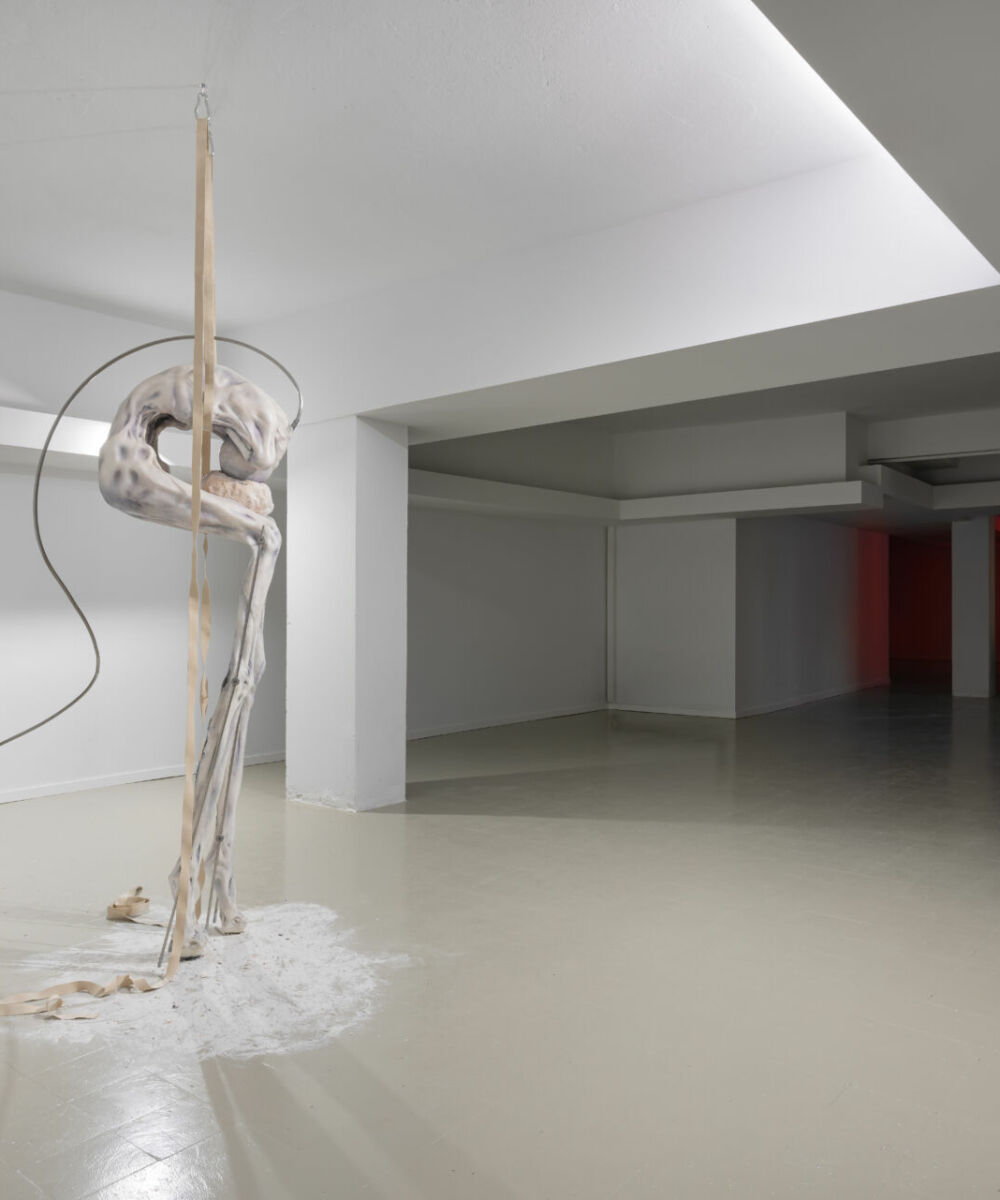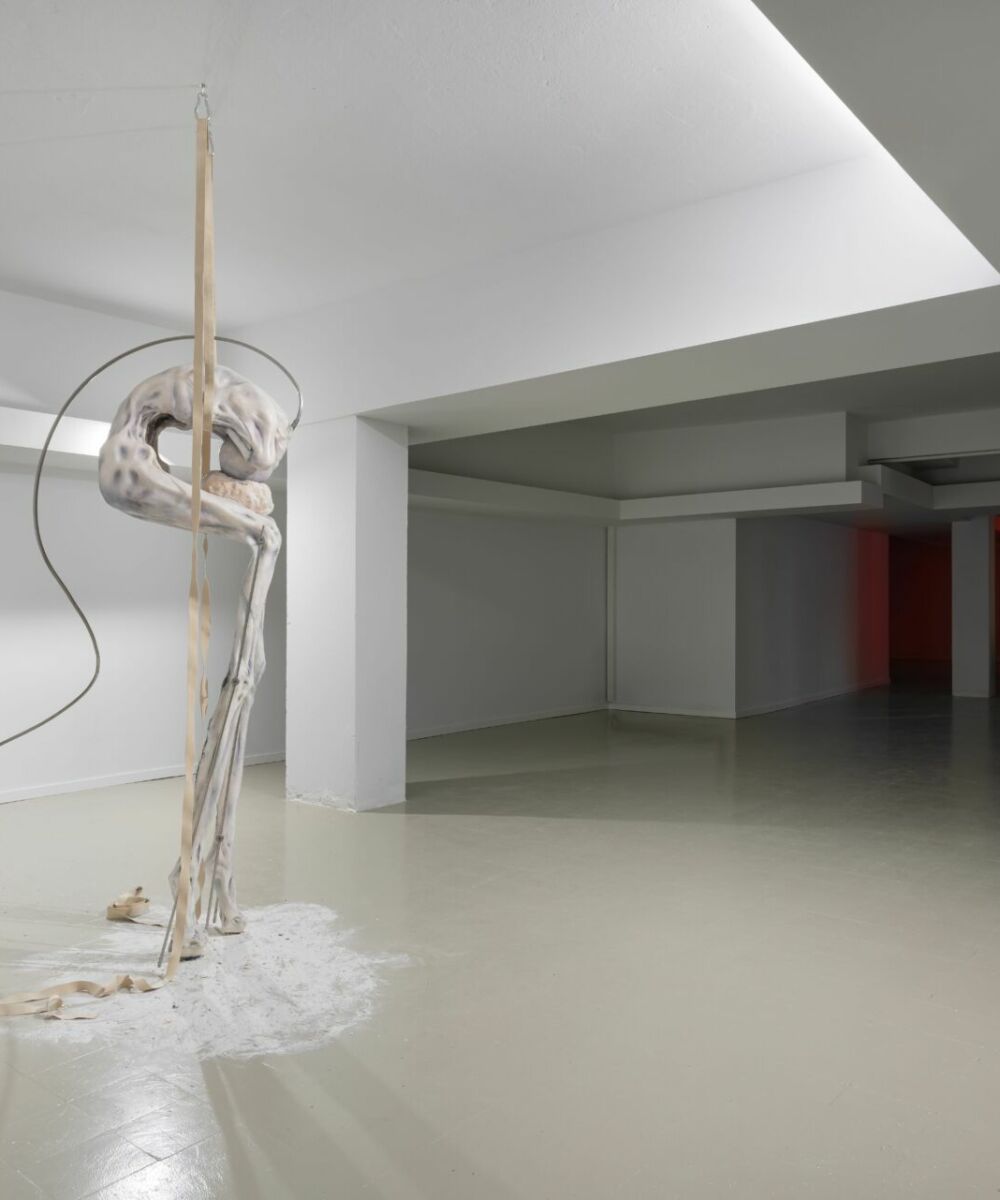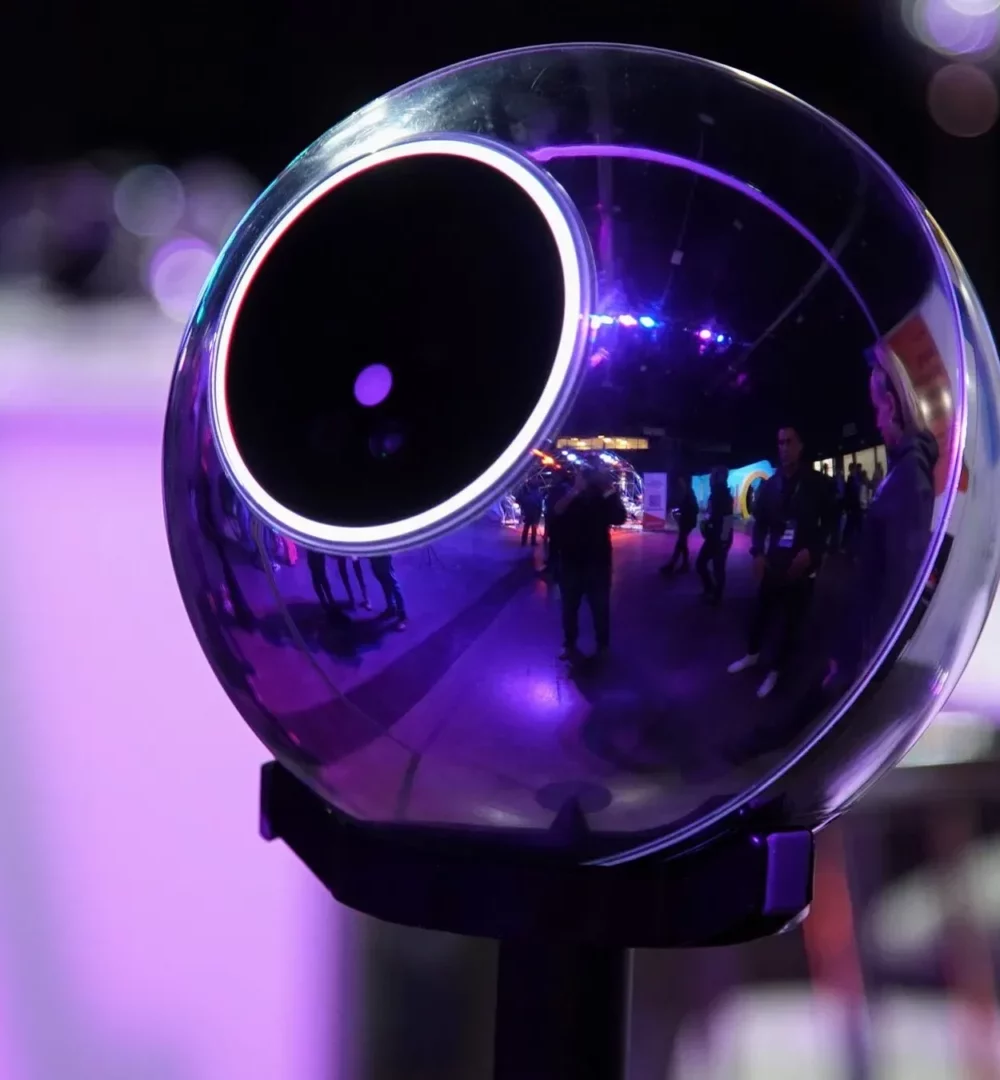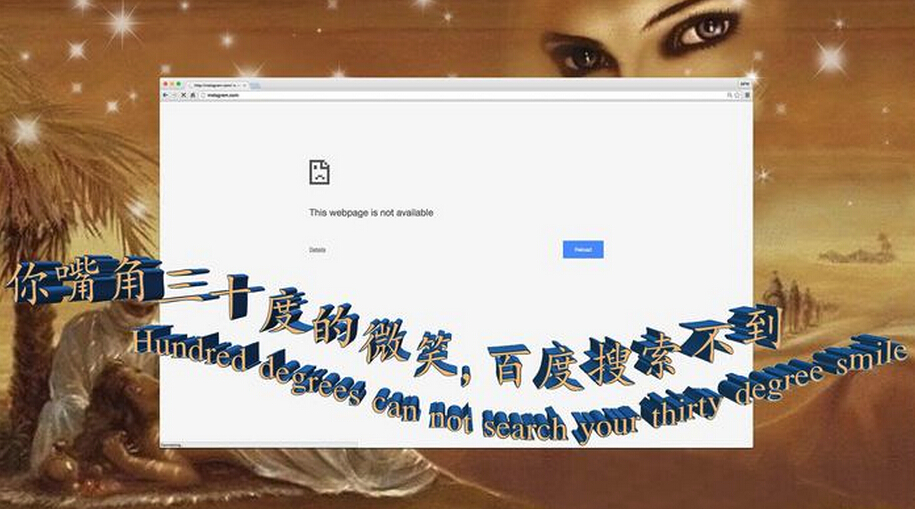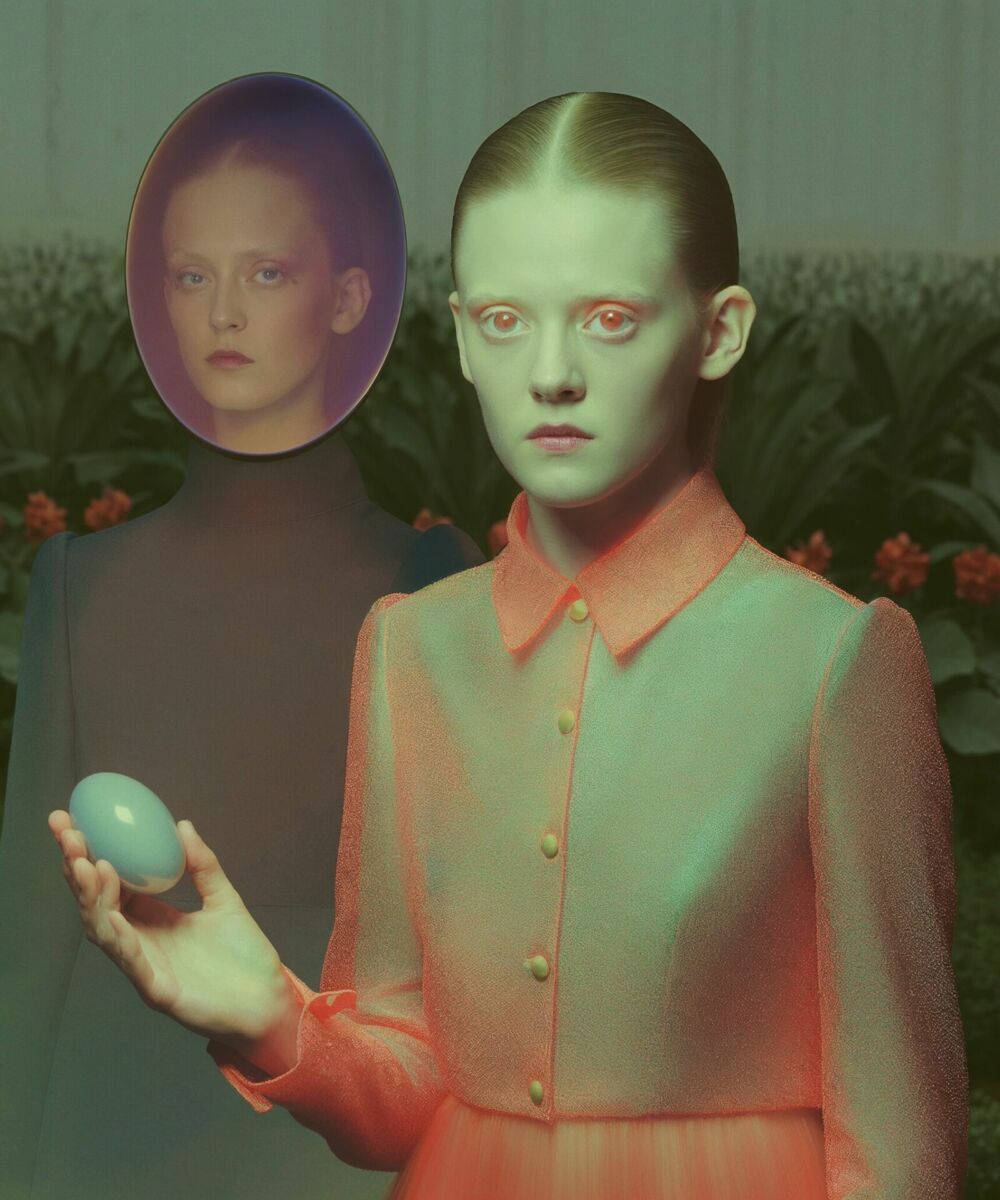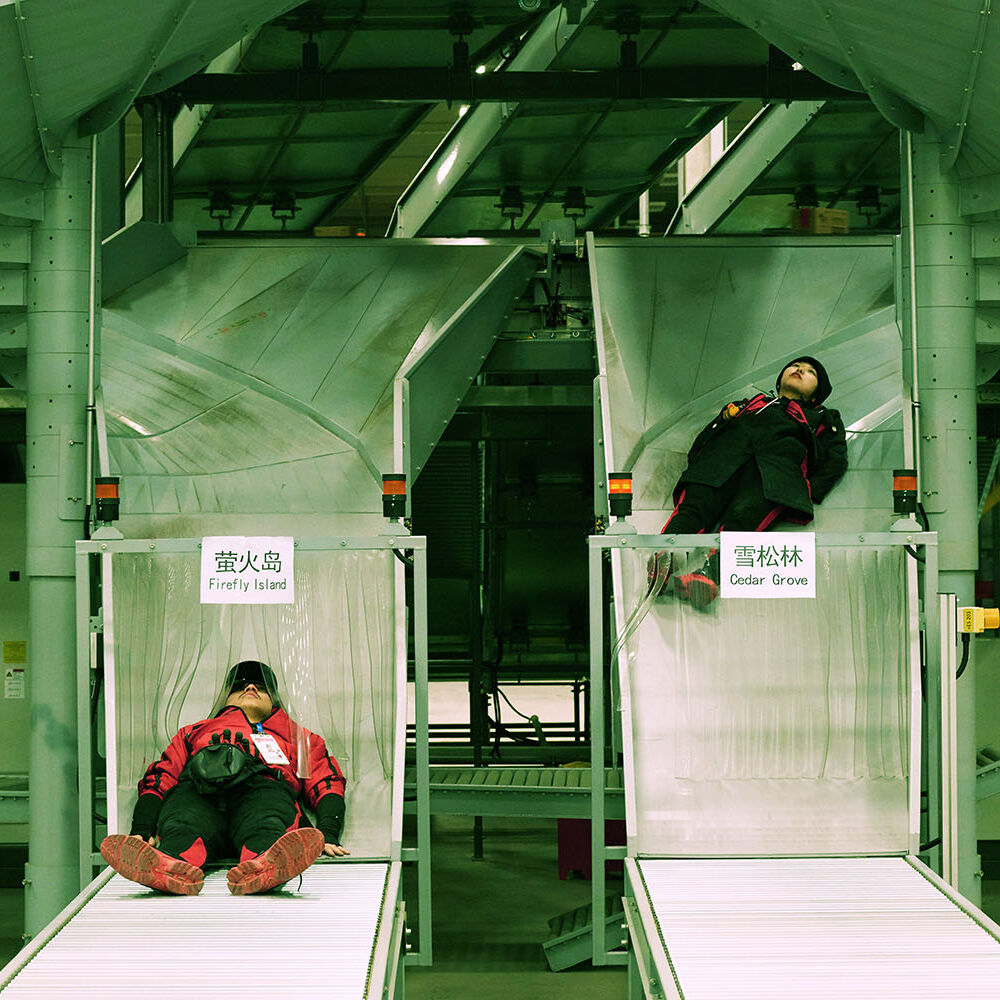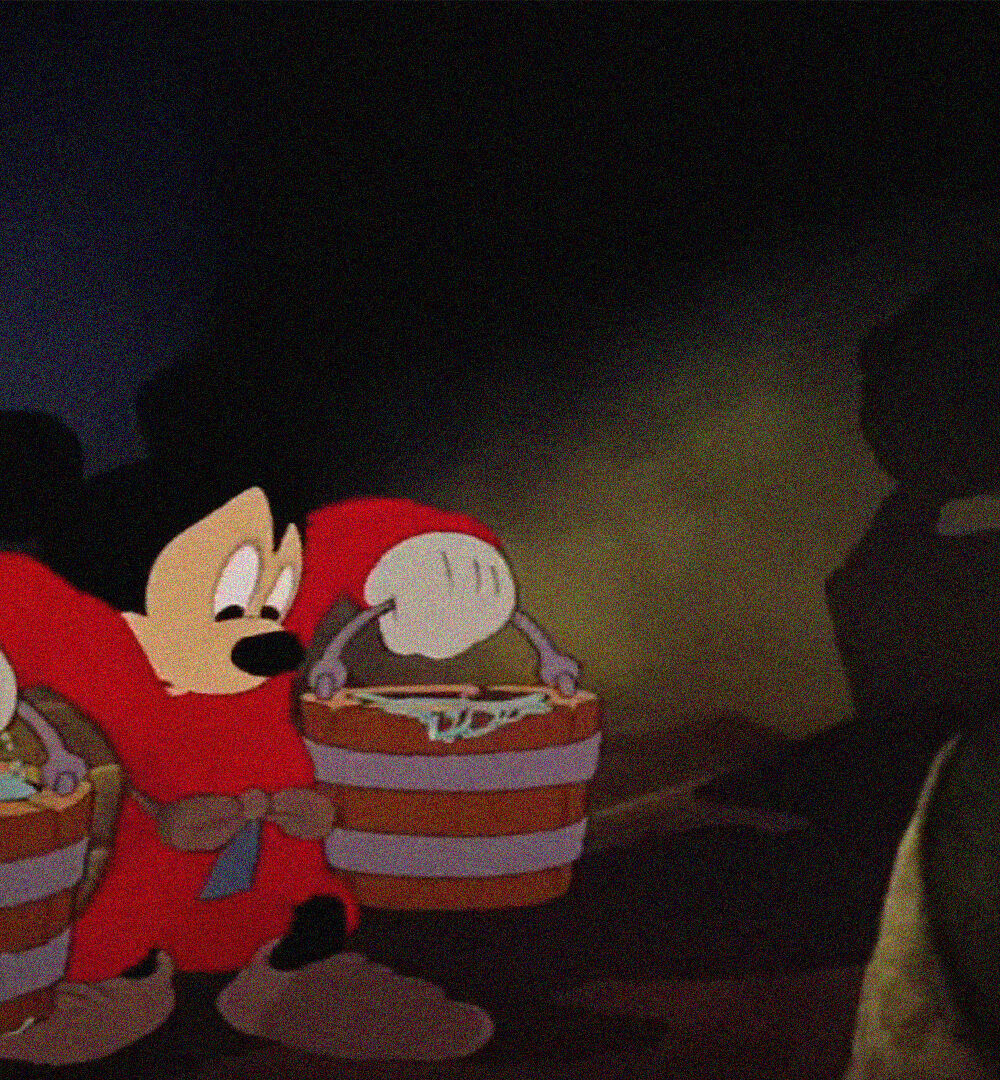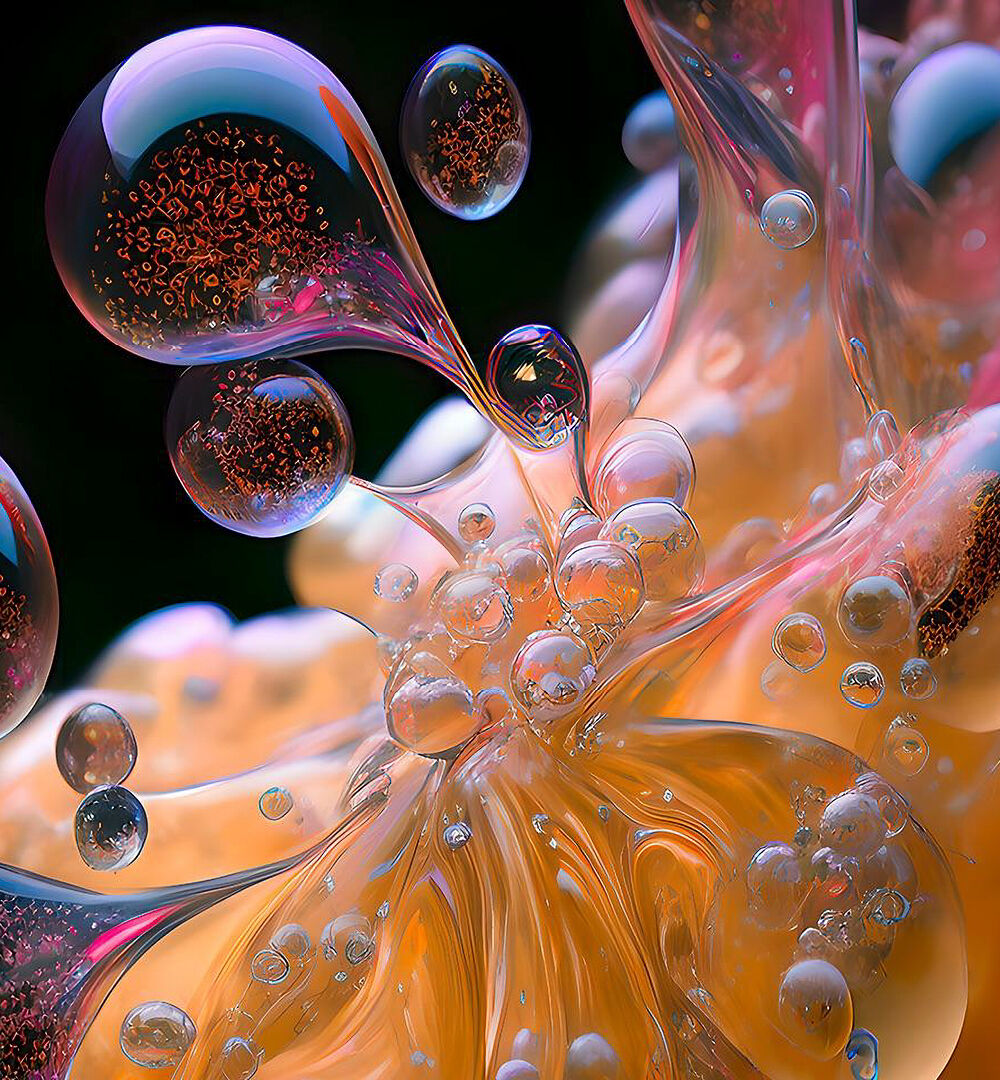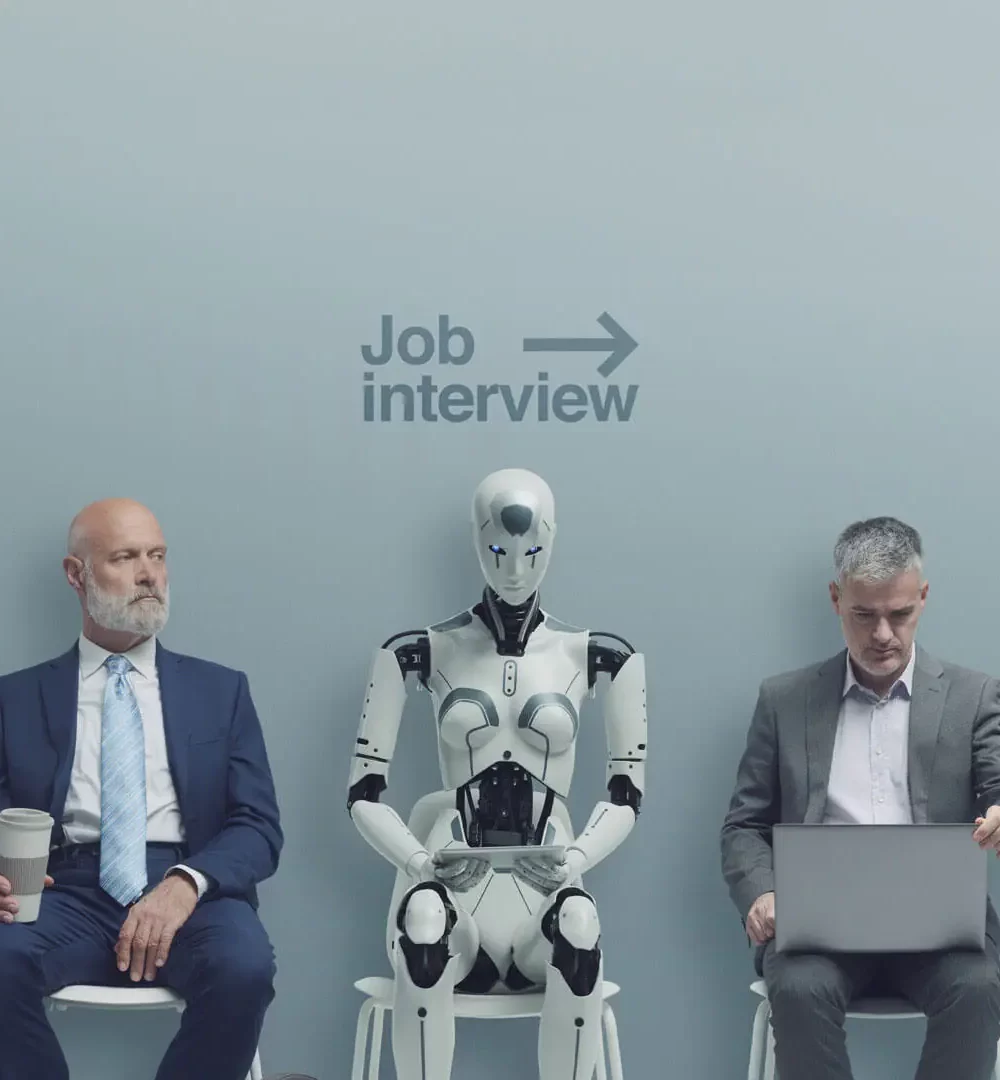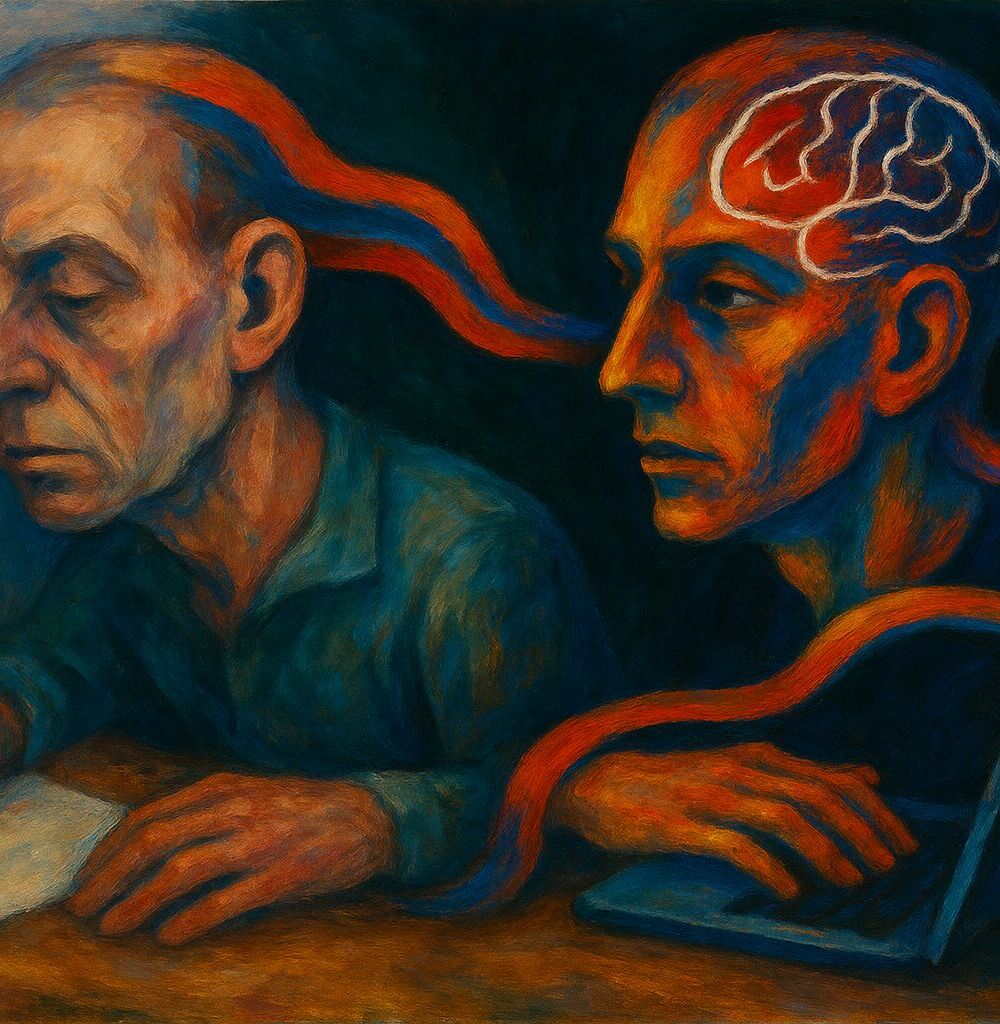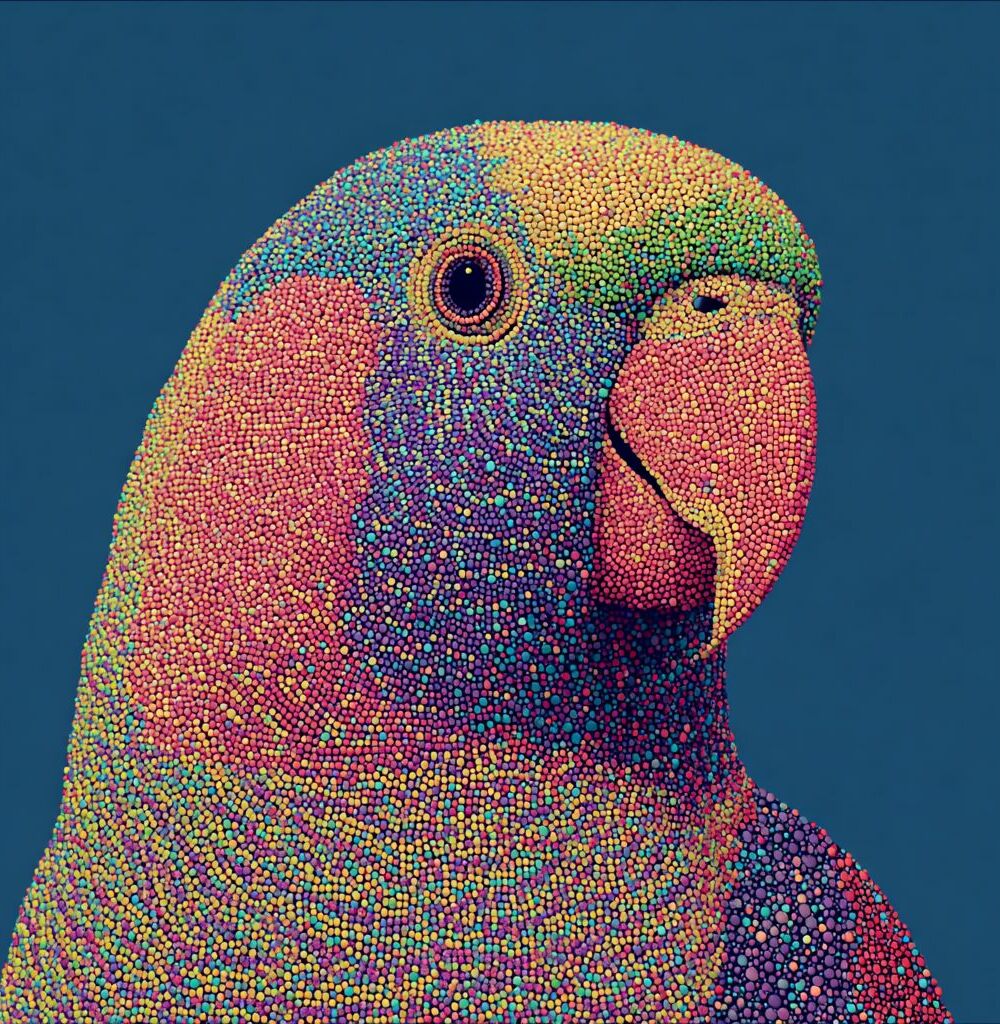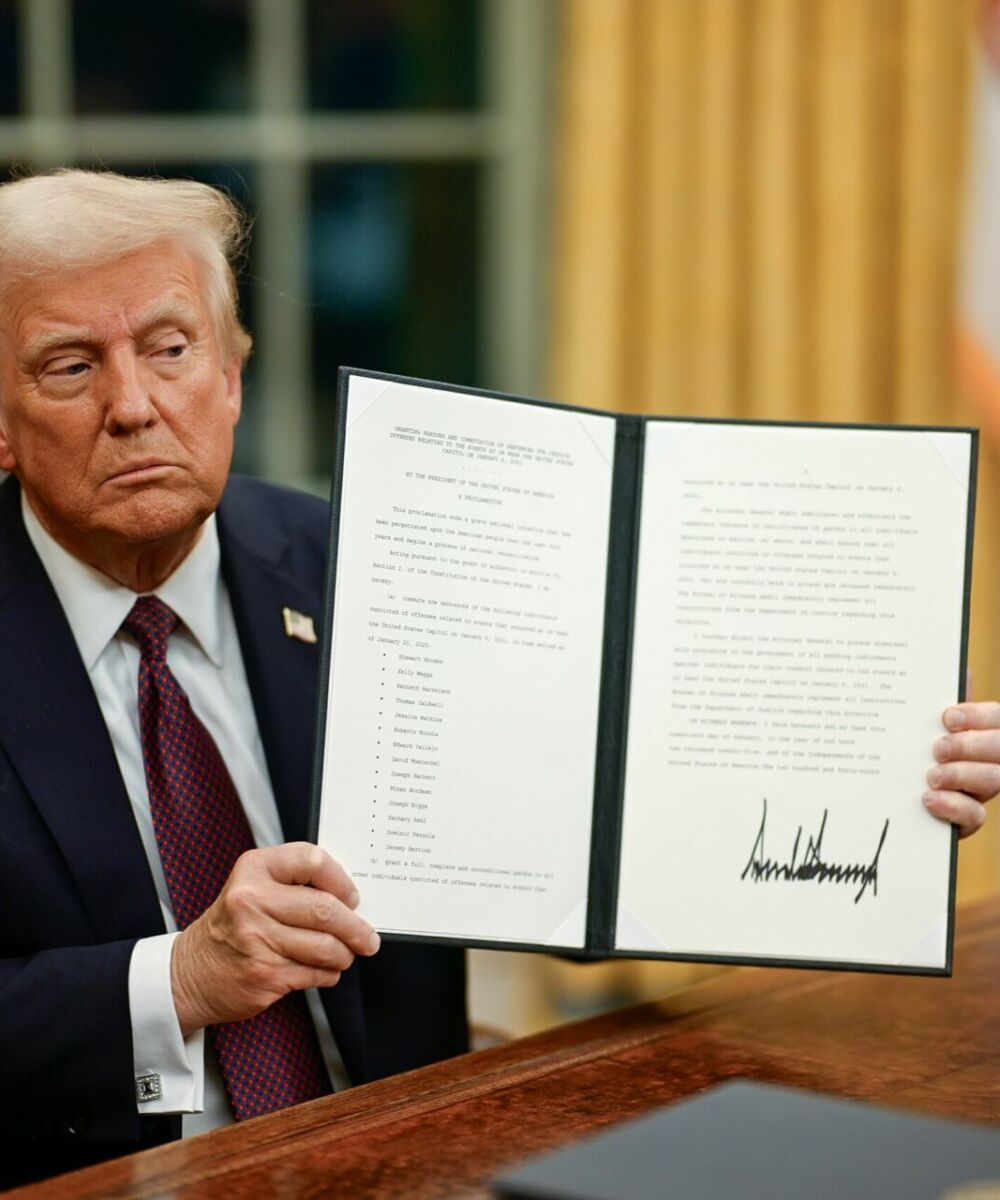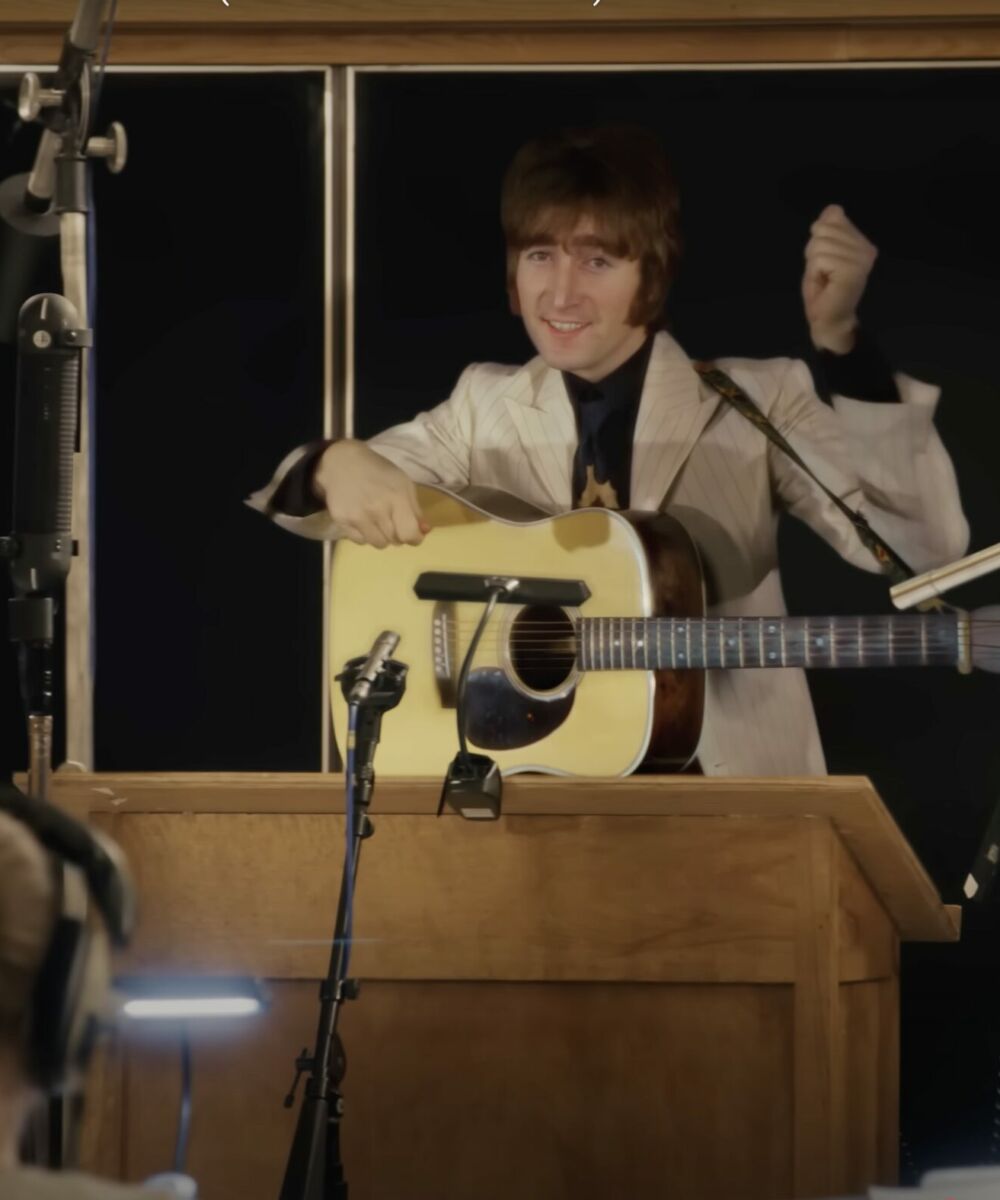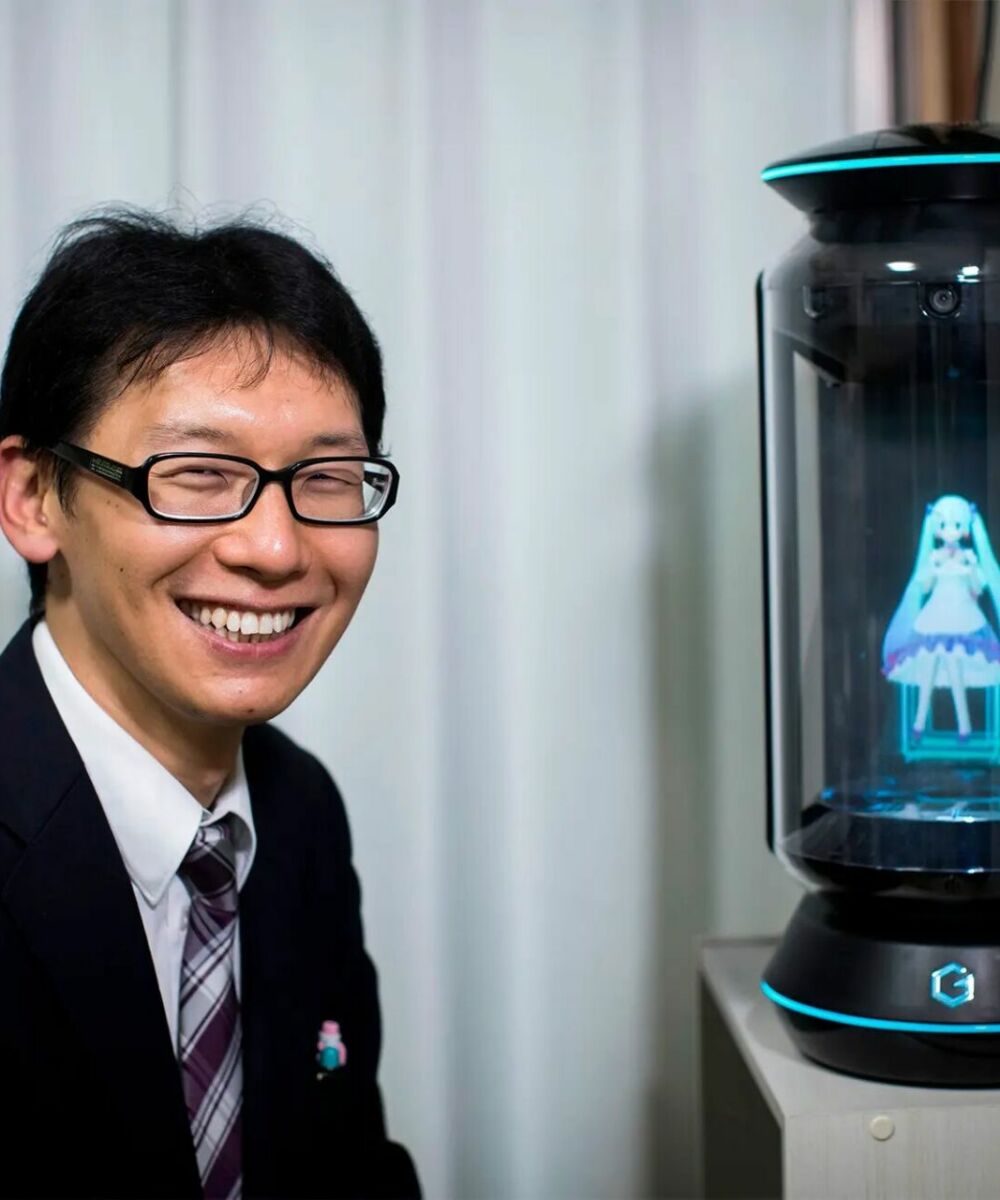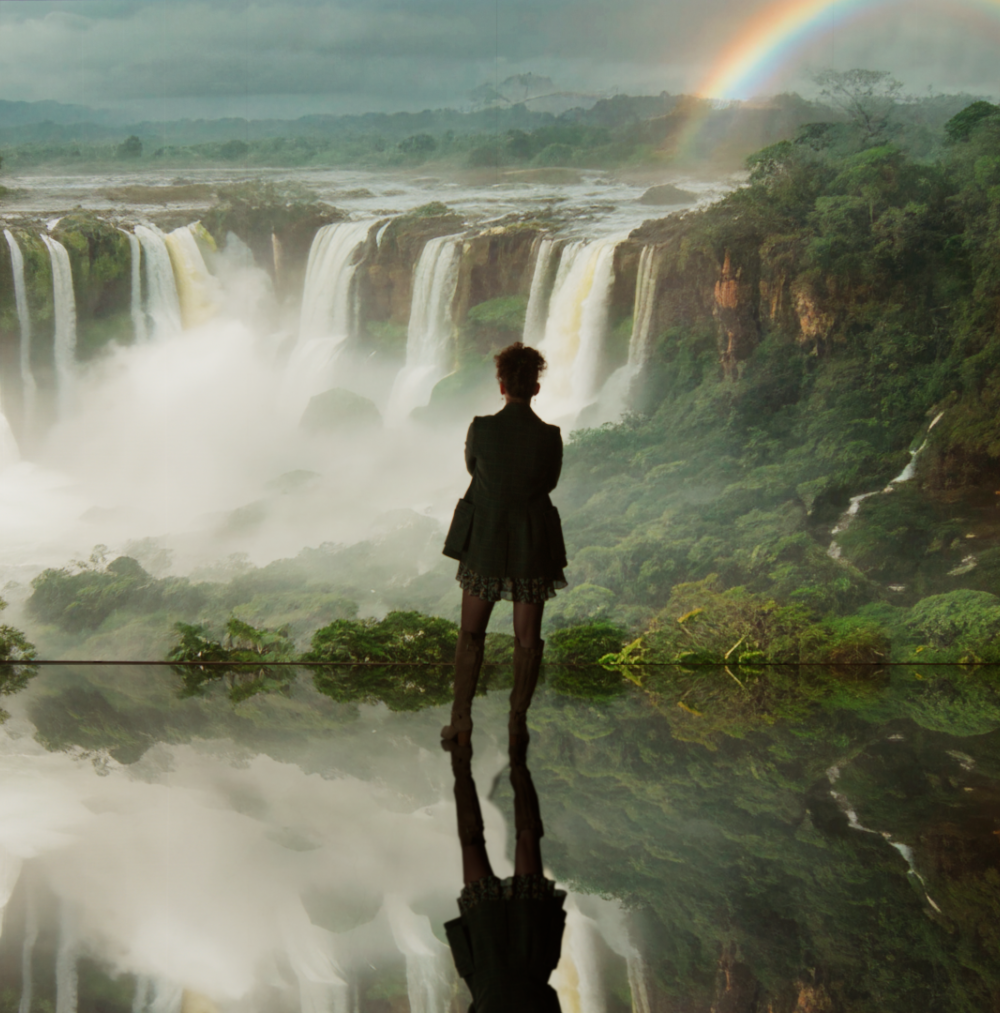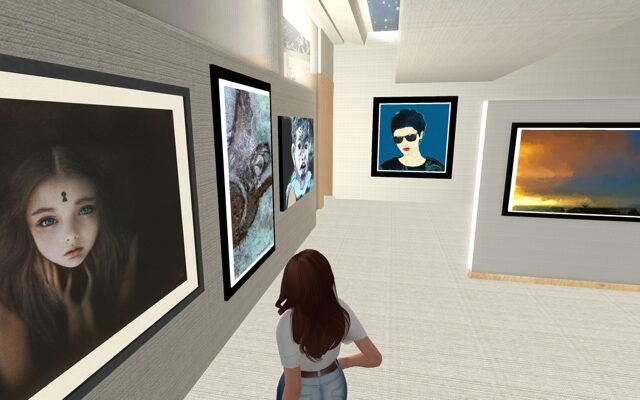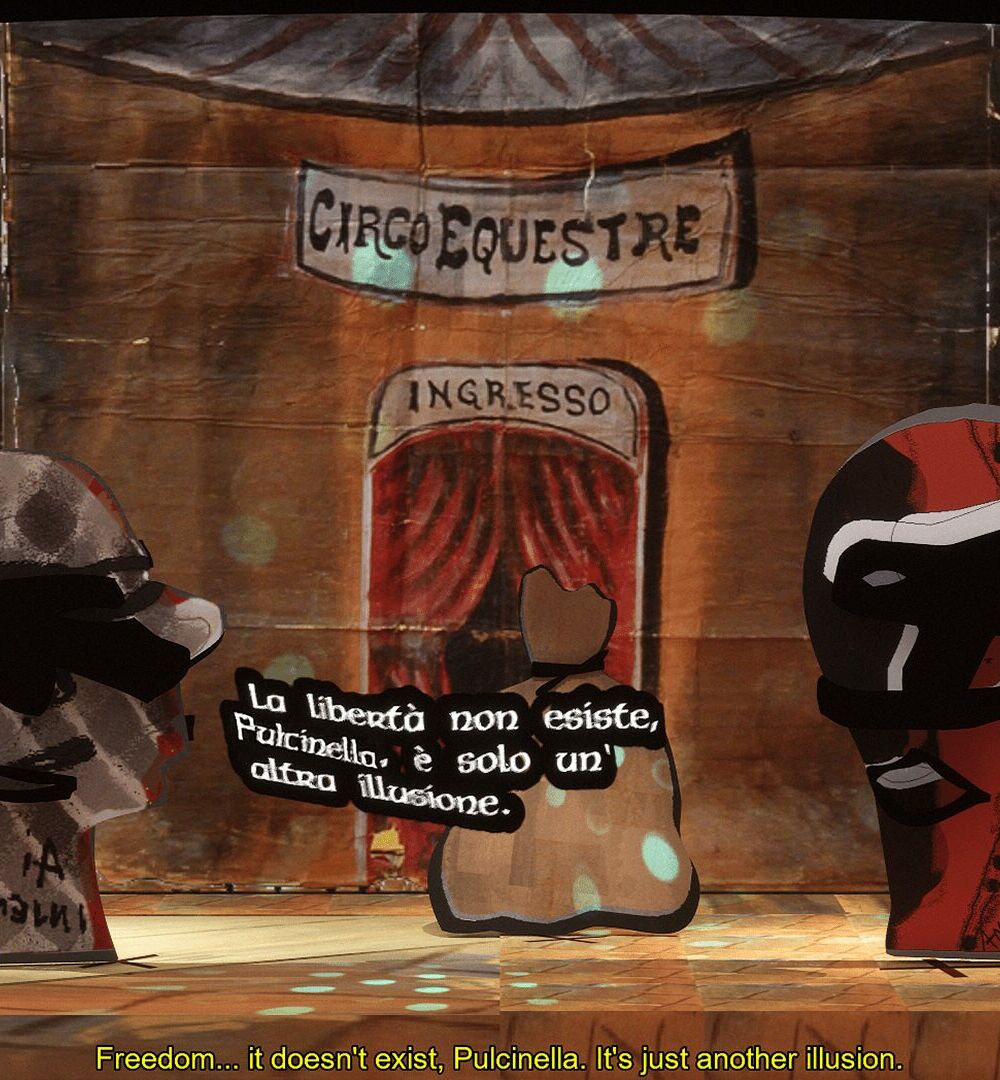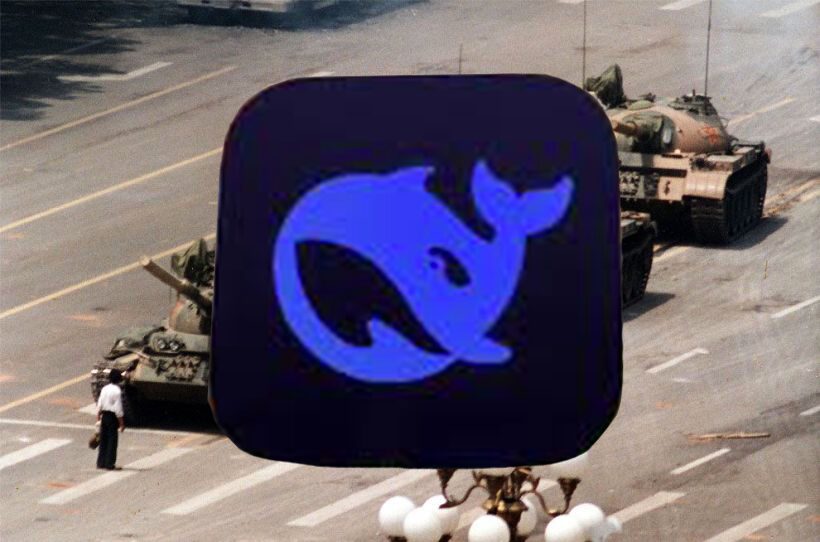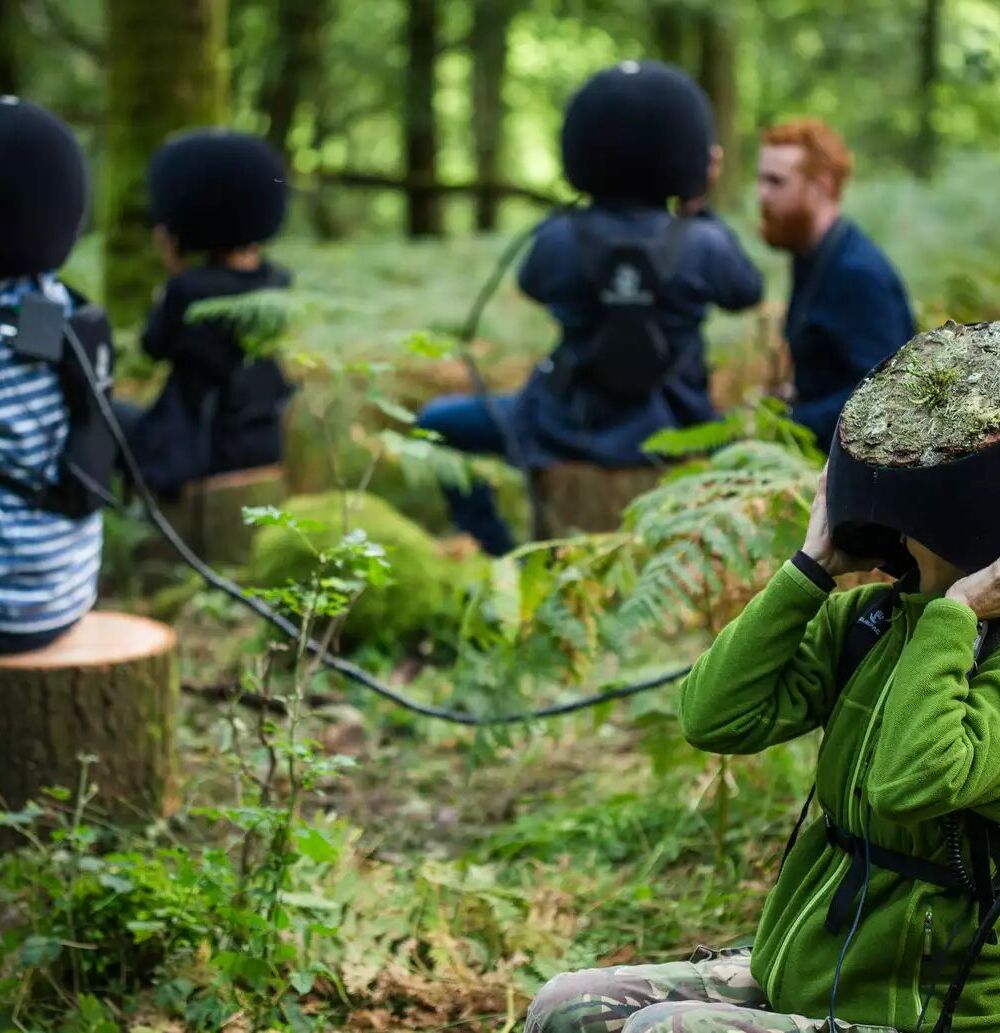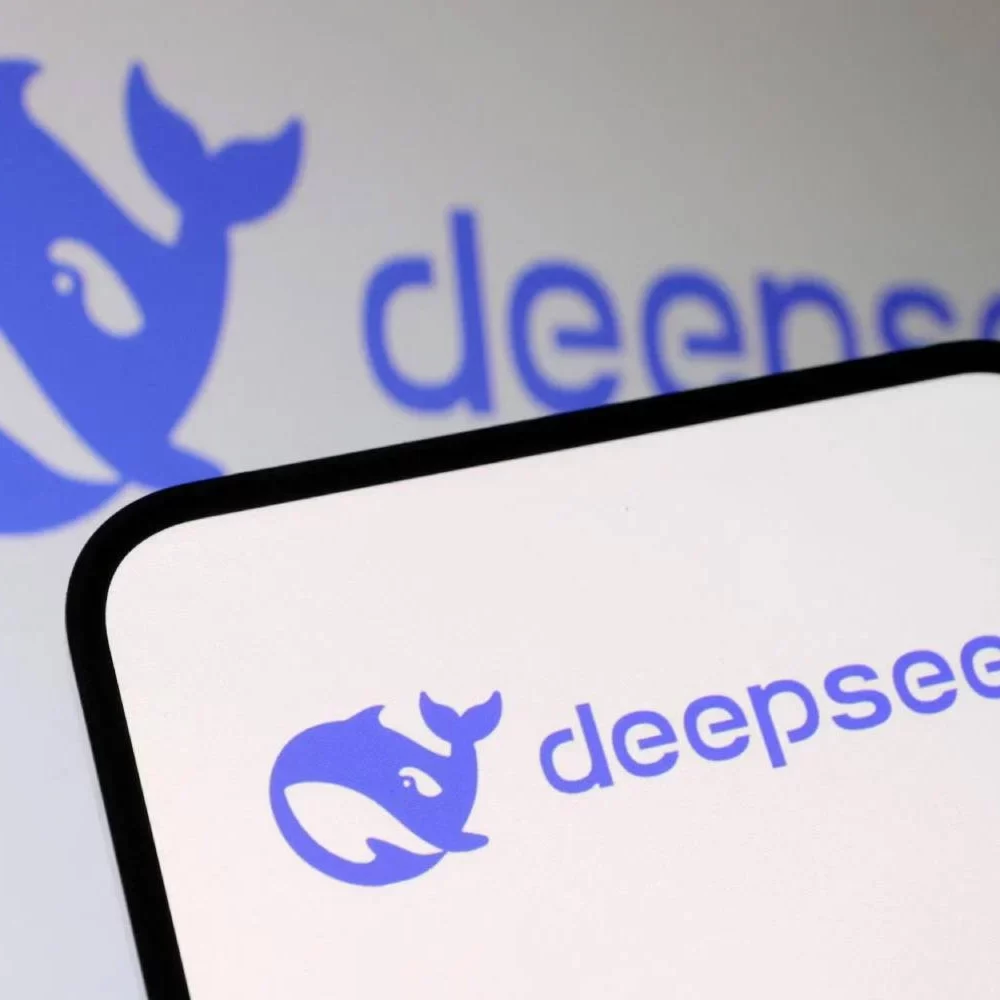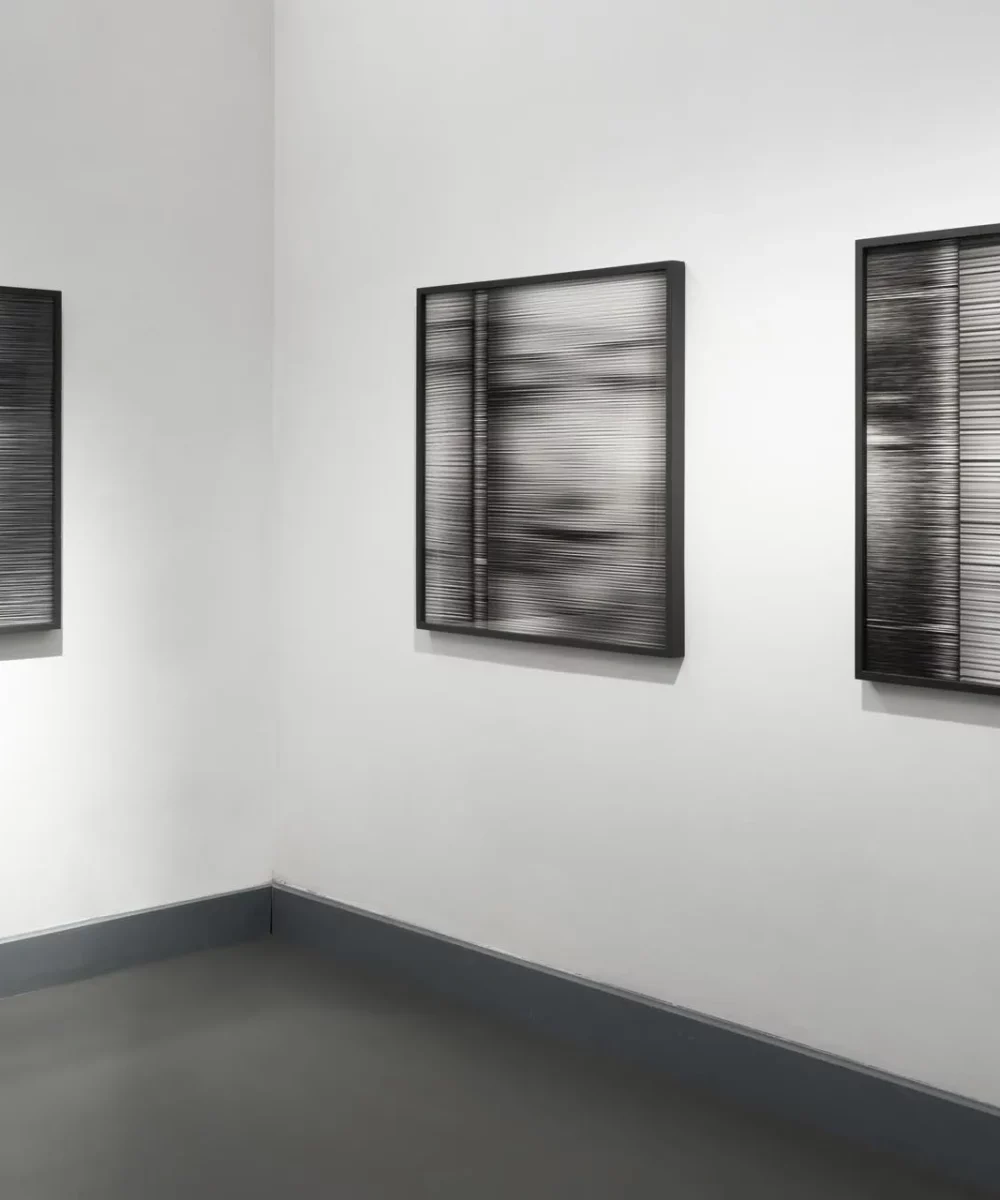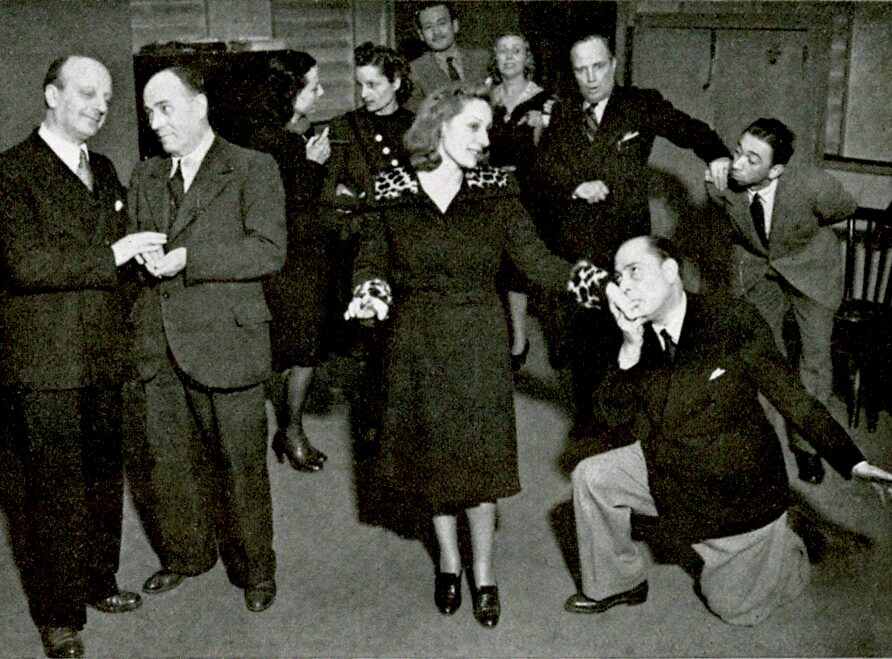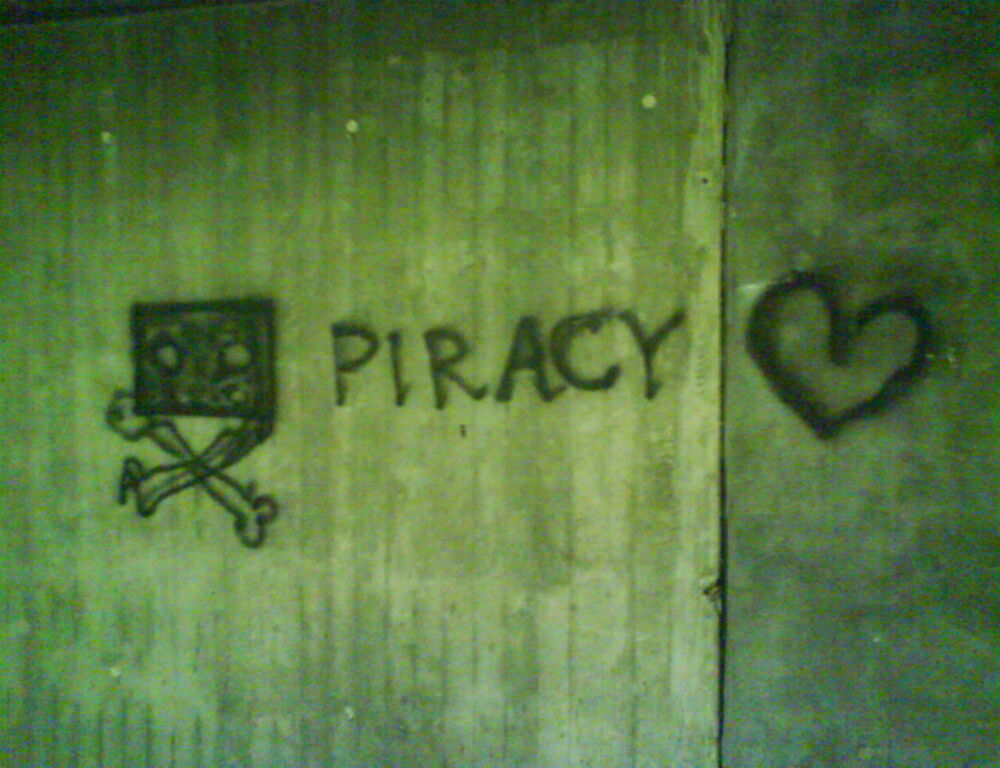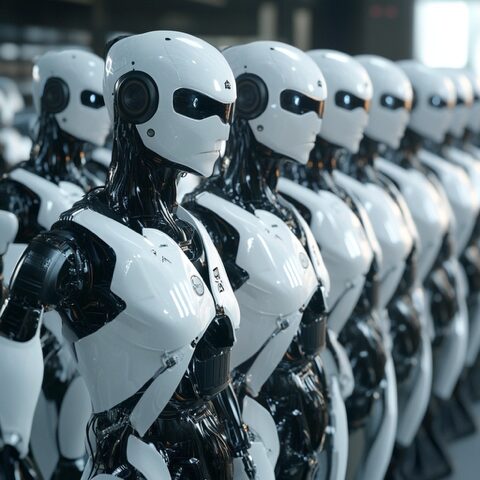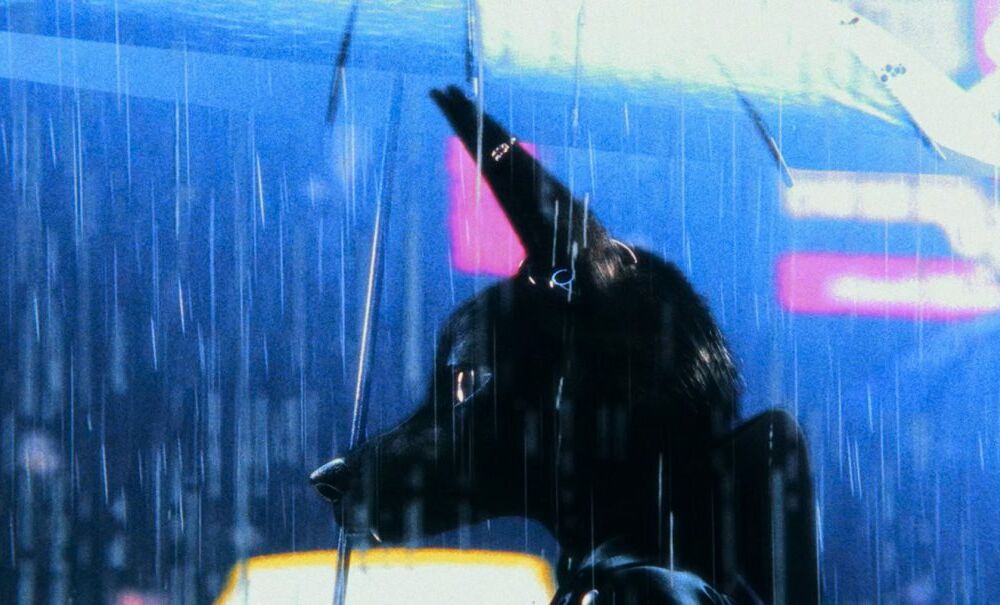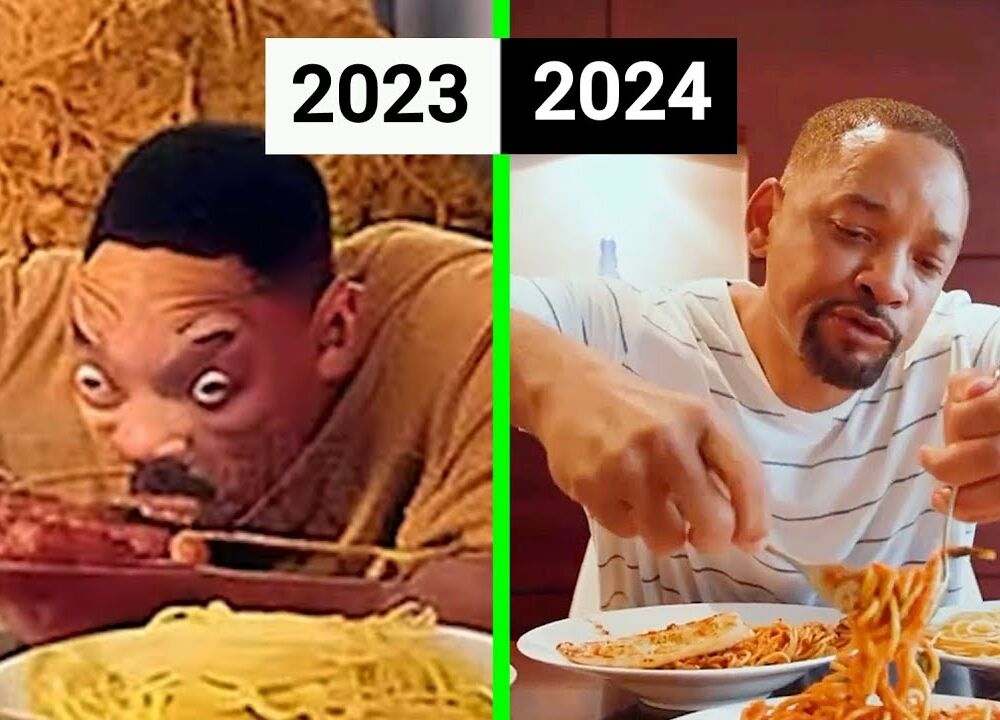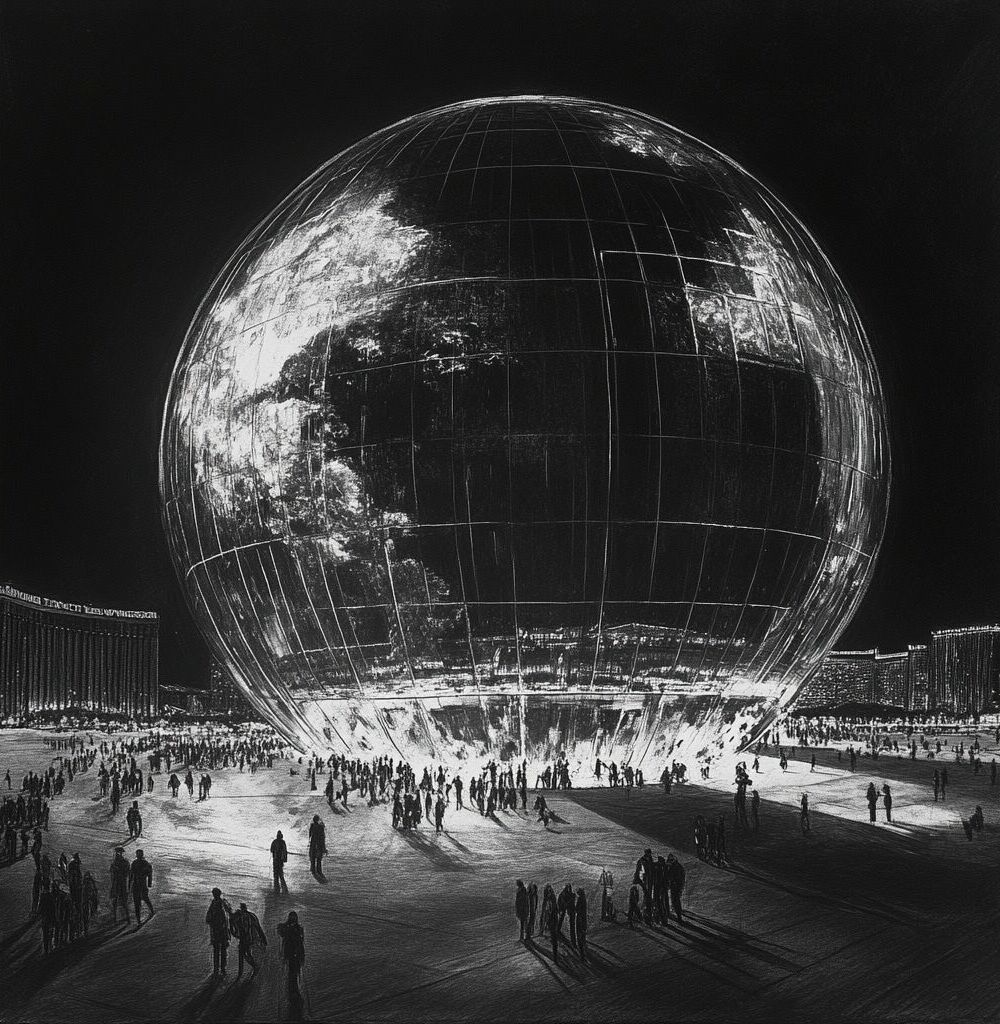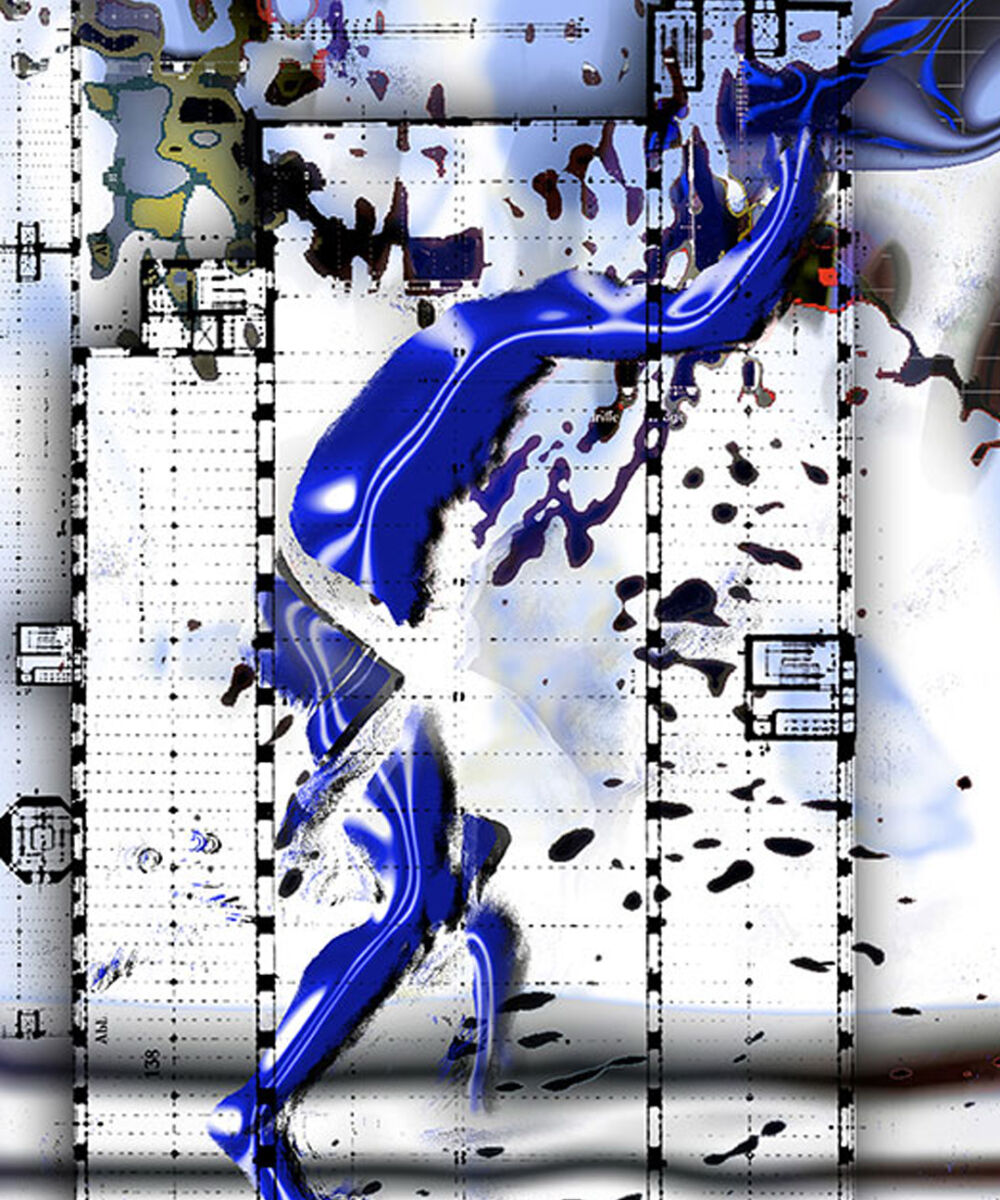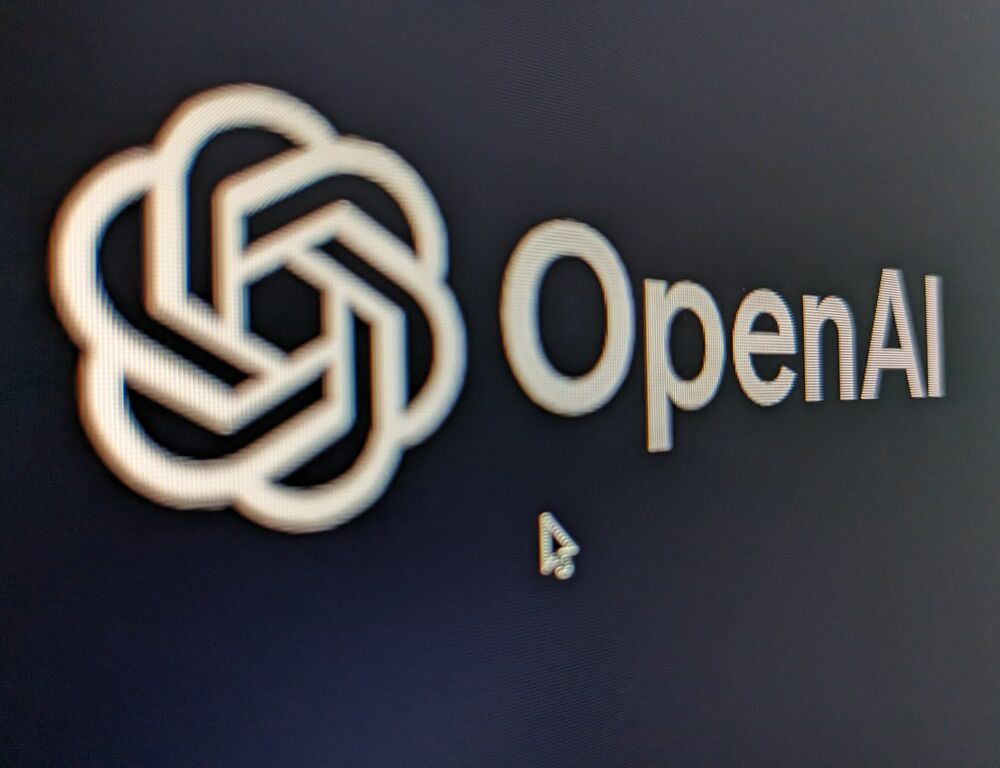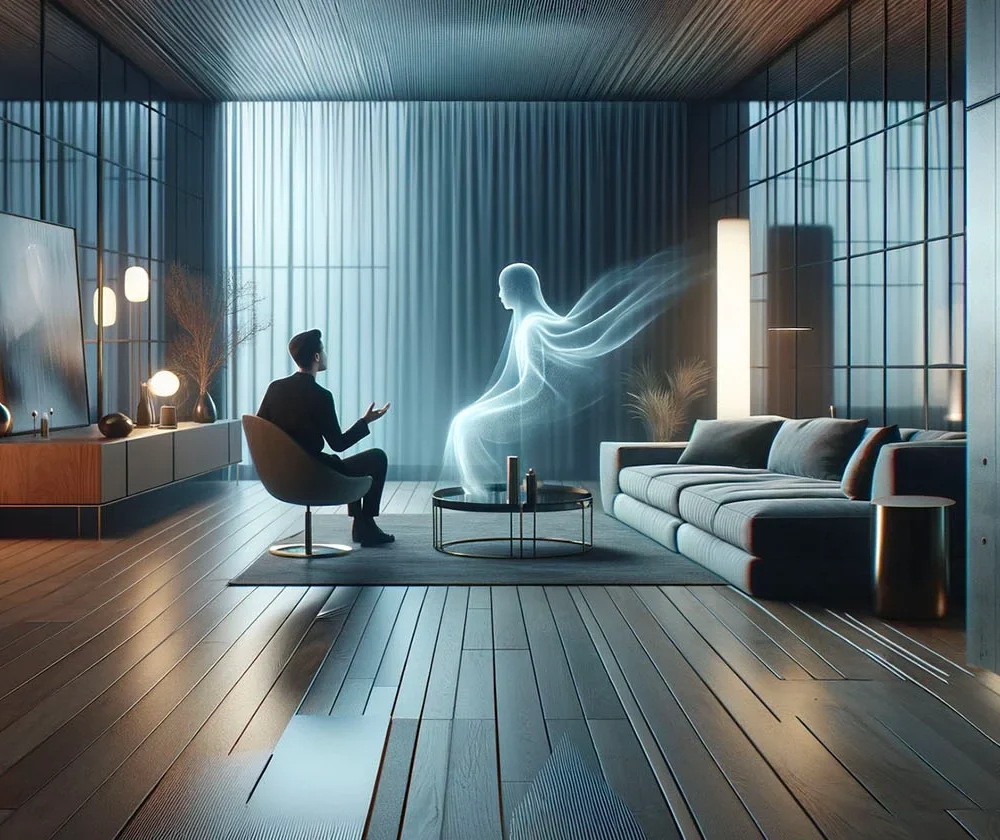Holy Ghost in the Shell
by Matteo Lupetti
In the series Angelcores & Heavenly Sprites (2025), glitch artist Sabato Visconti creates animated GIFs by altering data from old video games that feature angels or otherwise angelic figures.
Born in Brazil, Visconti emigrated with his family to Miami (USA) as a child. “Being undocumented was something that made me feel a close kinship to glitch,” the artist writes to us. “Glitch felt punk as fuck and appealed to my anti-authoritarian streak,” a streak that emerged in reaction to the religious upbringing he received.
Visconti grew up with a devout Catholic mother and a father who embarked on “a long journey through religious fundamentalism,” ranging from Afro-Brazilian and New Age religions to Evangelical Christianity and Judaism.
“I grew up having to go to many churches and then to many synagogues,” the artist tells us. For Angelcores & Heavenly Sprites, part of the digital exhibition Console Spirituality curated by LAN Party (Vienna Kim and Benoit Palop) for the platform Feral File, Visconti sought out angelic figures in games released on the consoles he grew up with: NES, Sega Mega Drive [Sega Genesis], and Super Nintendo.
With the exception of Spiritual Warfare (1992) by the American studio Wisdom Tree, these are Japanese video games—works developed in a context where there is a certain permeability between the human and the divine, and where angels are fantasy creatures freely blending Greco-Roman and Christian elements. These video game angels are also confined to roles that merely serve the mechanics of the commercial games they inhabit.
Thus, Visconti explains, “the glitches become a kind of alternate state where angels can break free from this subservience to the player and to the game’s modus operandi.” And in the infinite loop of the GIFs, the angels of Angelcores & Heavenly Sprites are also liberated from their dependence on consoles and interaction. “What remains are the angels, free from their toil,” Visconti concludes.
MATTEO LUPETTI
Matteo Lupetti writes about art criticism, digital art and video games in publications such as Artribune and Il Manifesto and abroad. He has been on the editorial board of the radical magazine menelique and the artistic direction of the reality narrations festival Cretecon. His first book is ‘UDO. Guida ai videogiochi nell’Antropocene” (Nuove Sido, Genoa, 2023), a reinterpretation of the video game medium in the era of climate change and within the new multidisciplinary paths that foreground the non-human and its agency.





